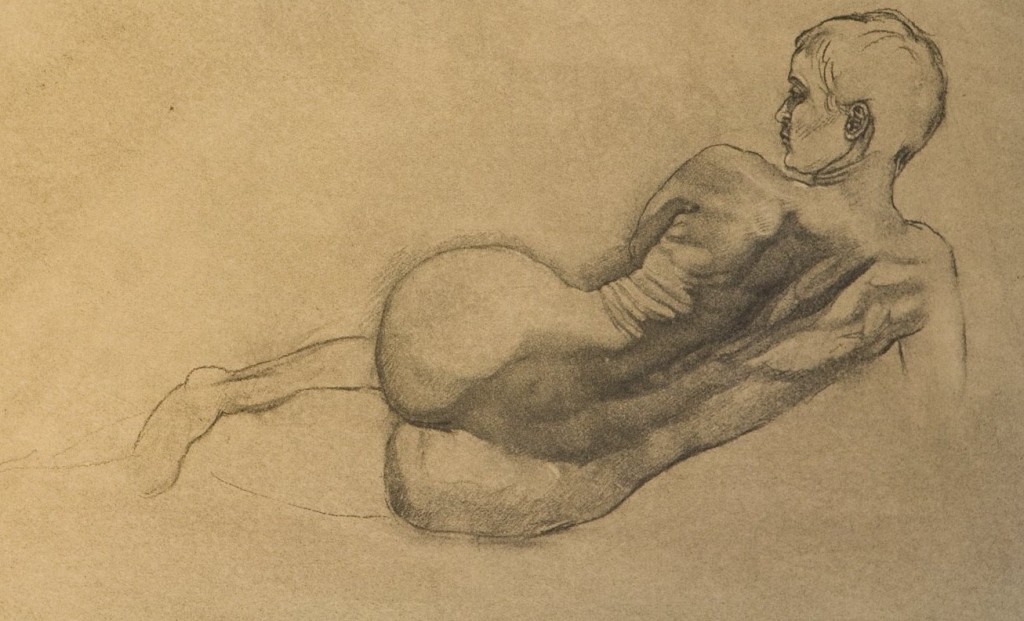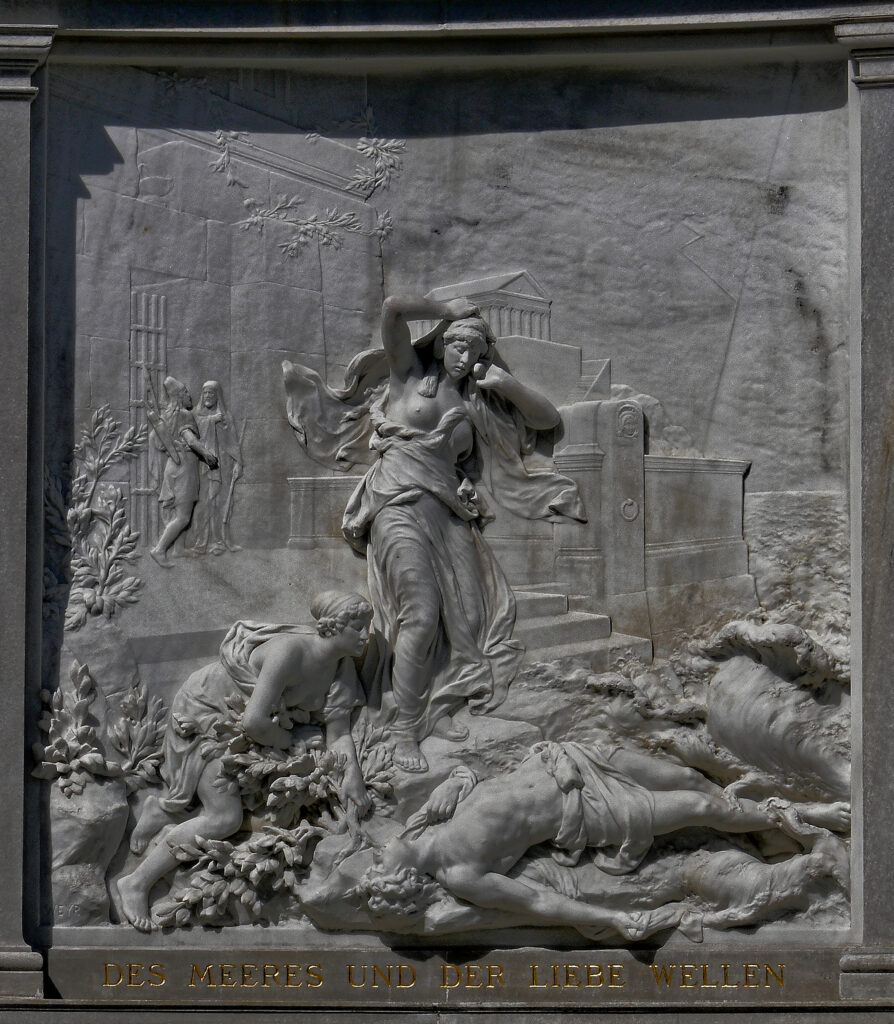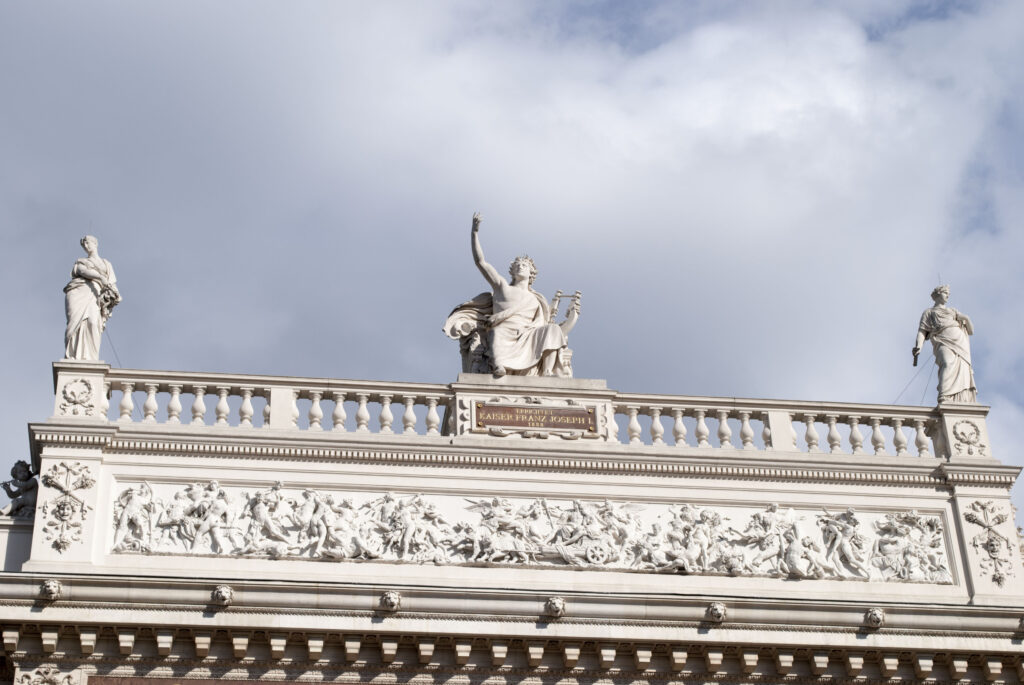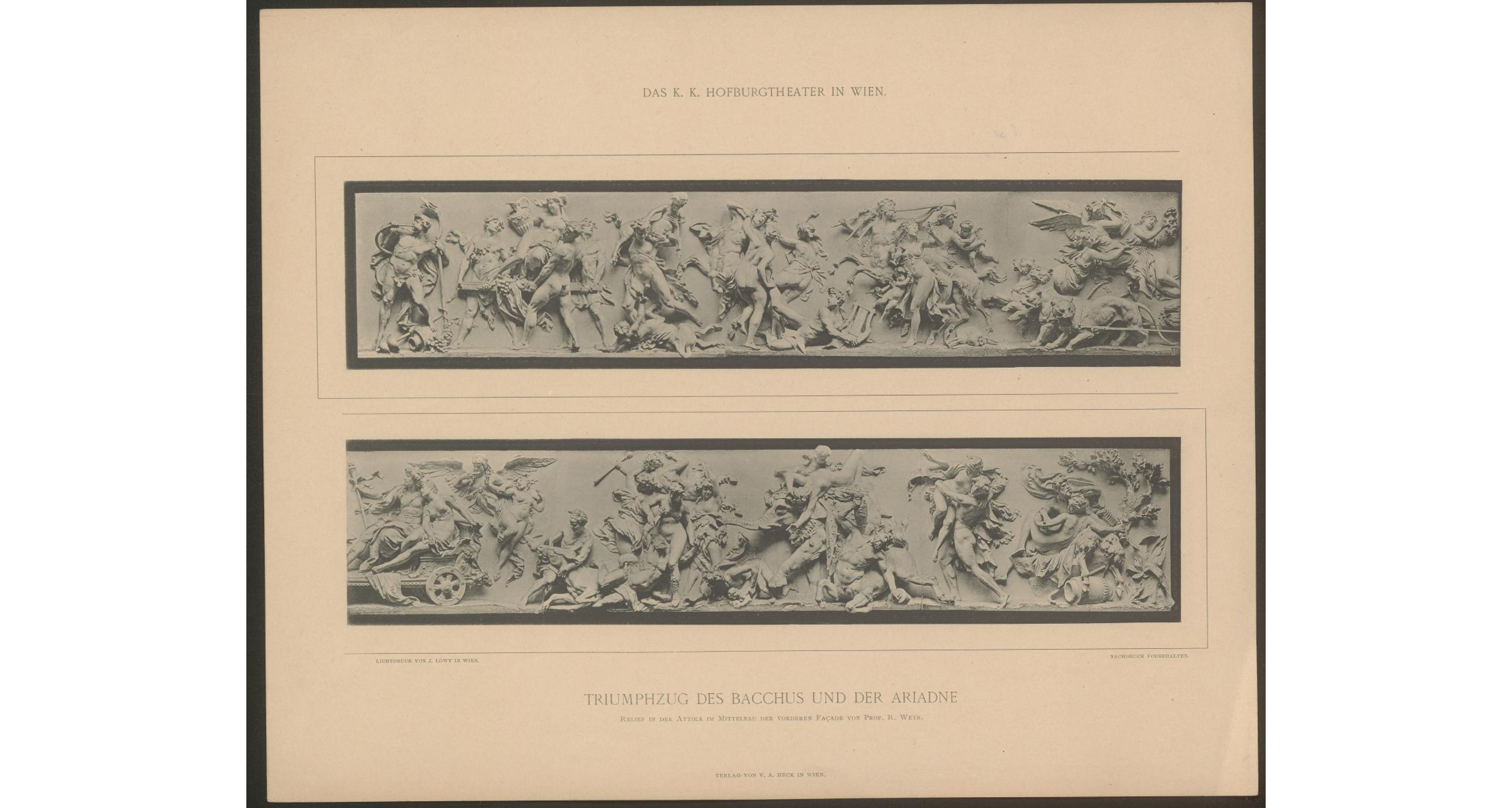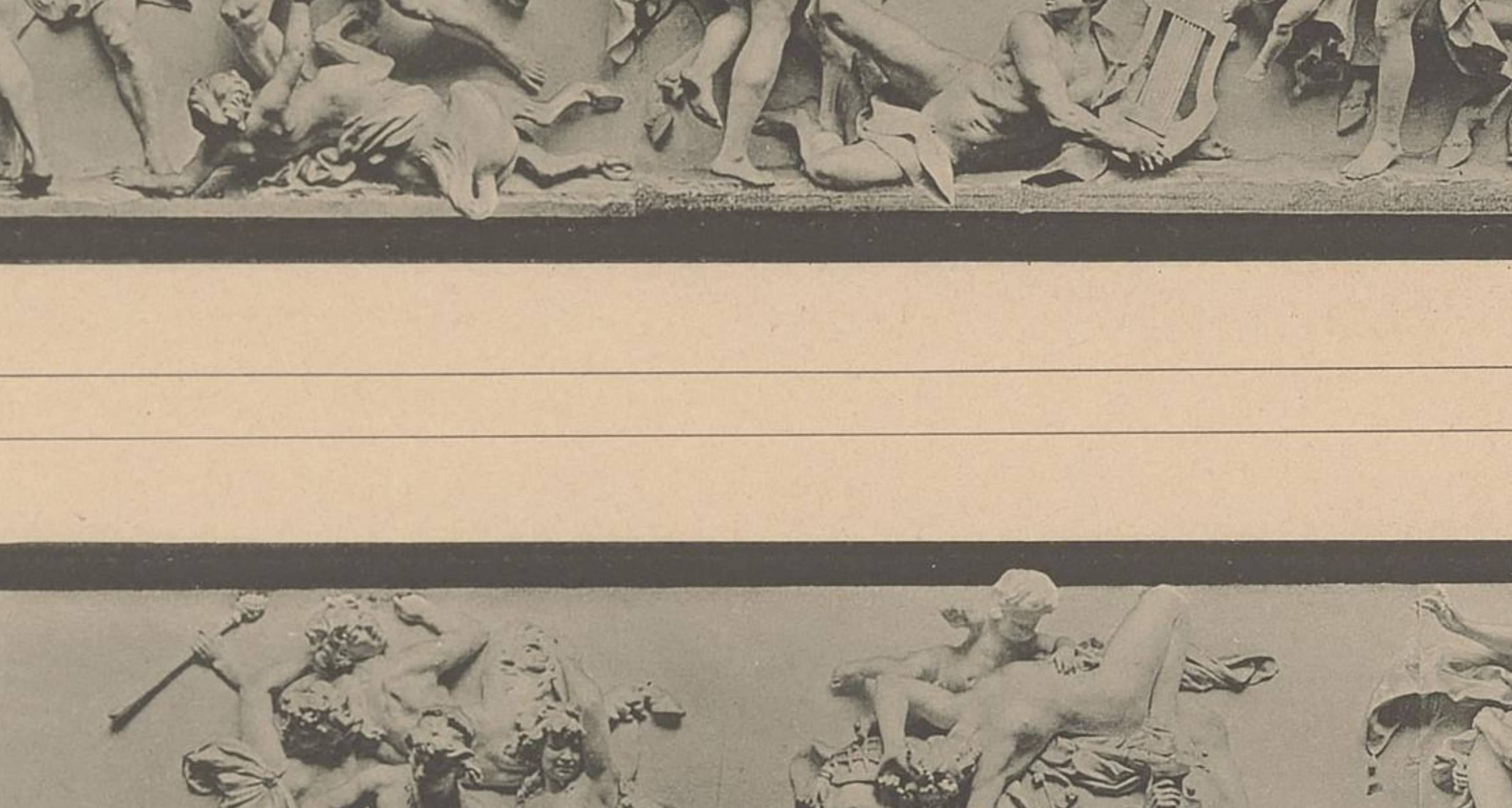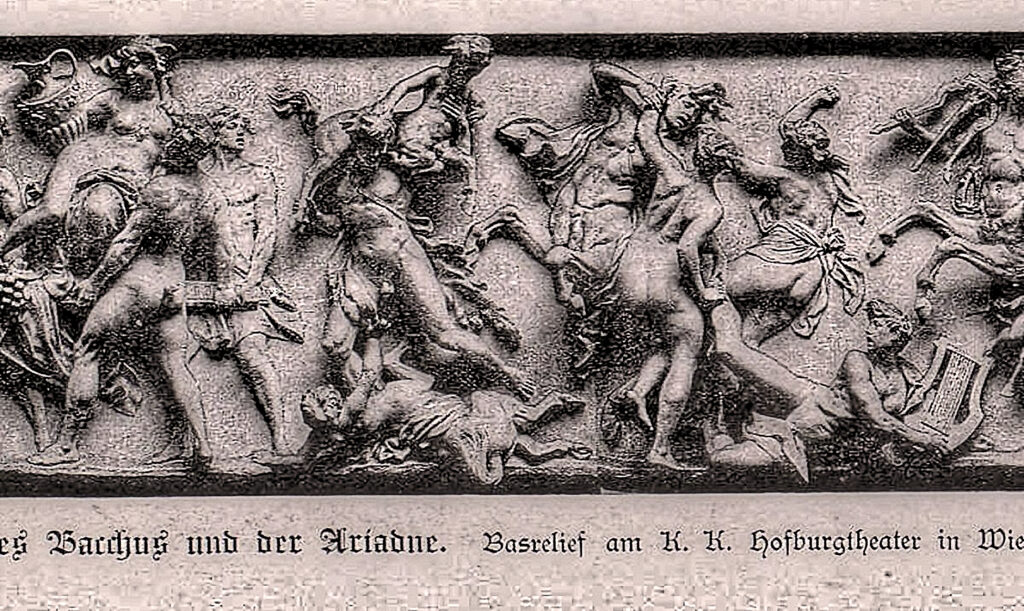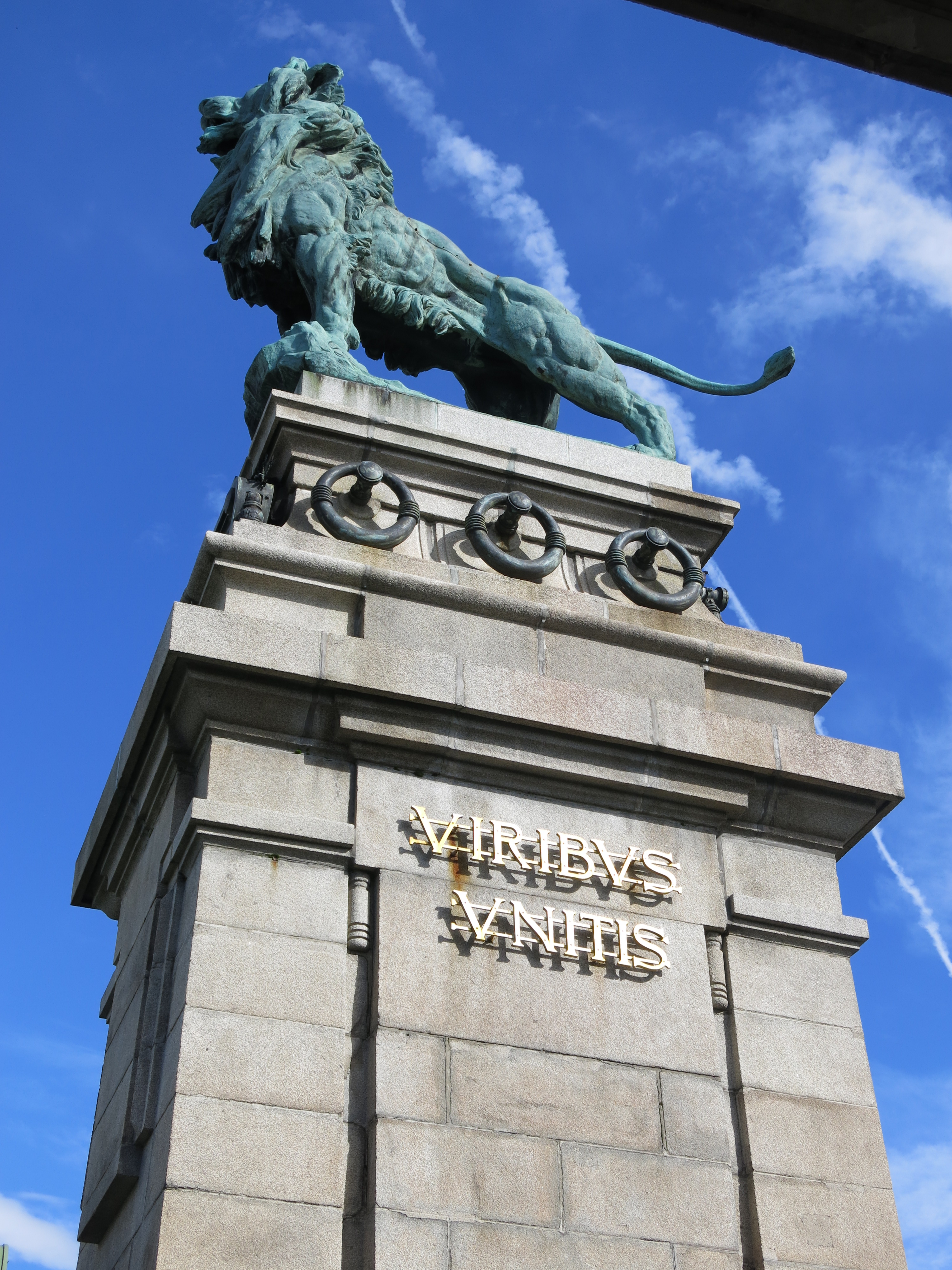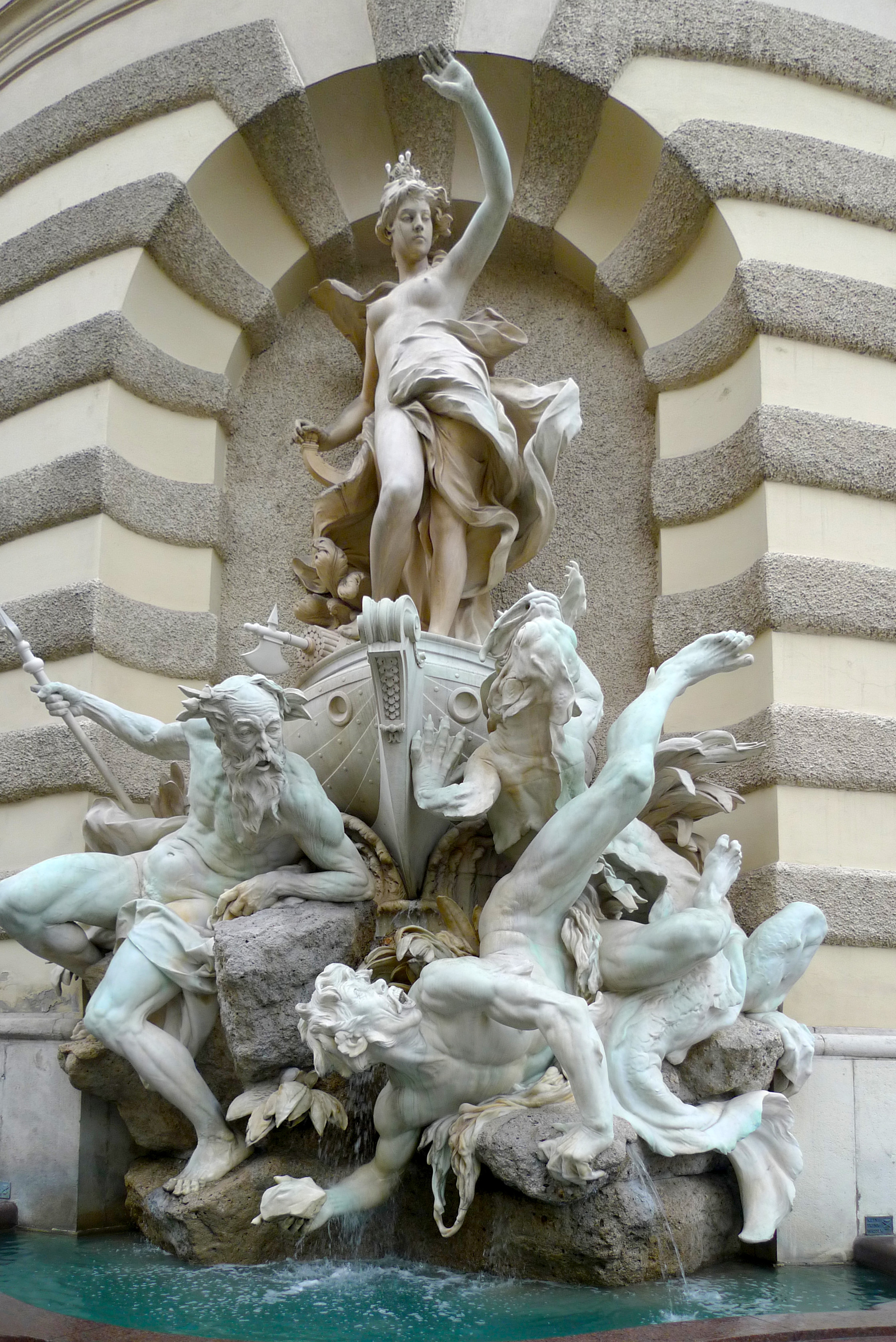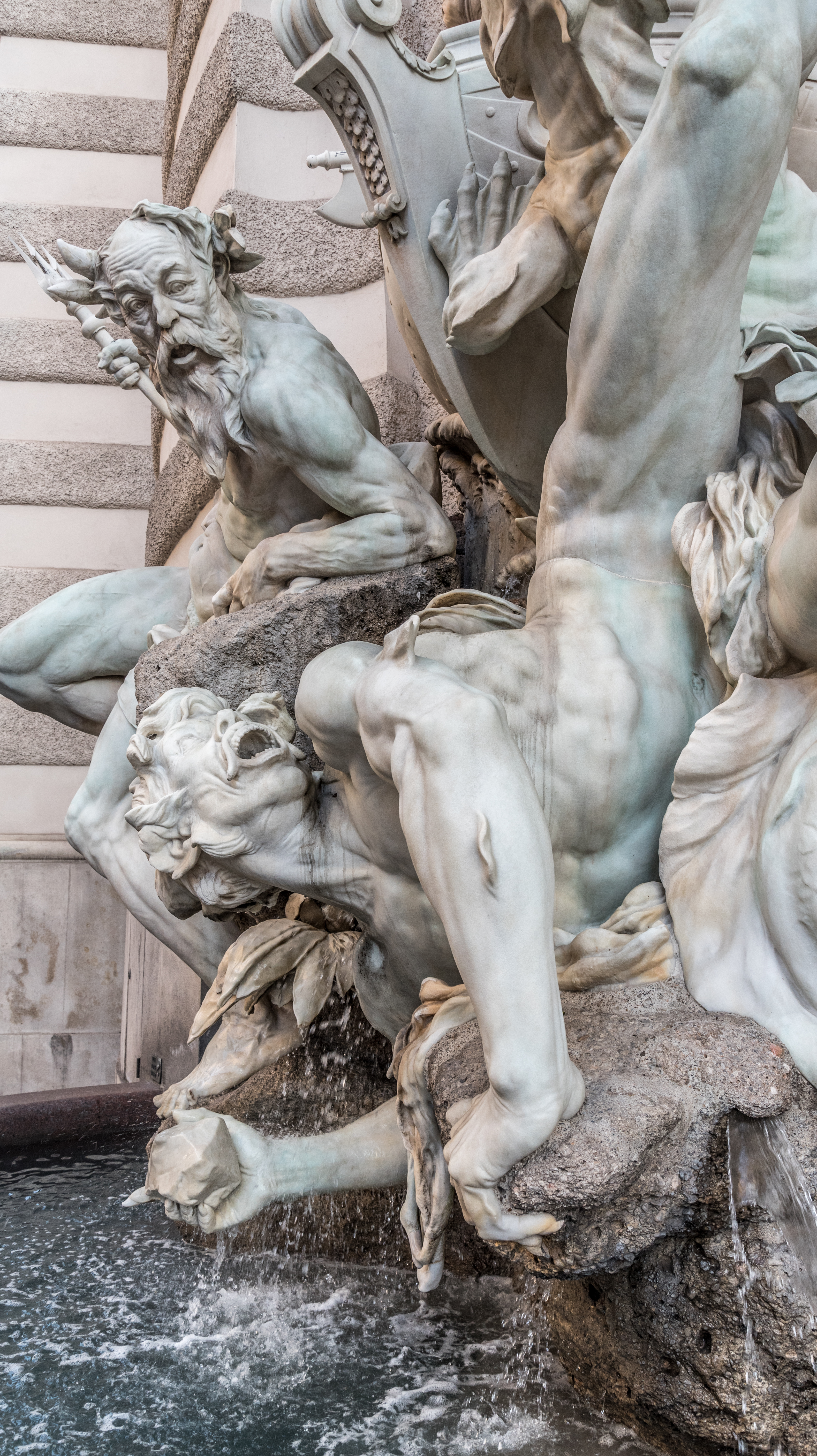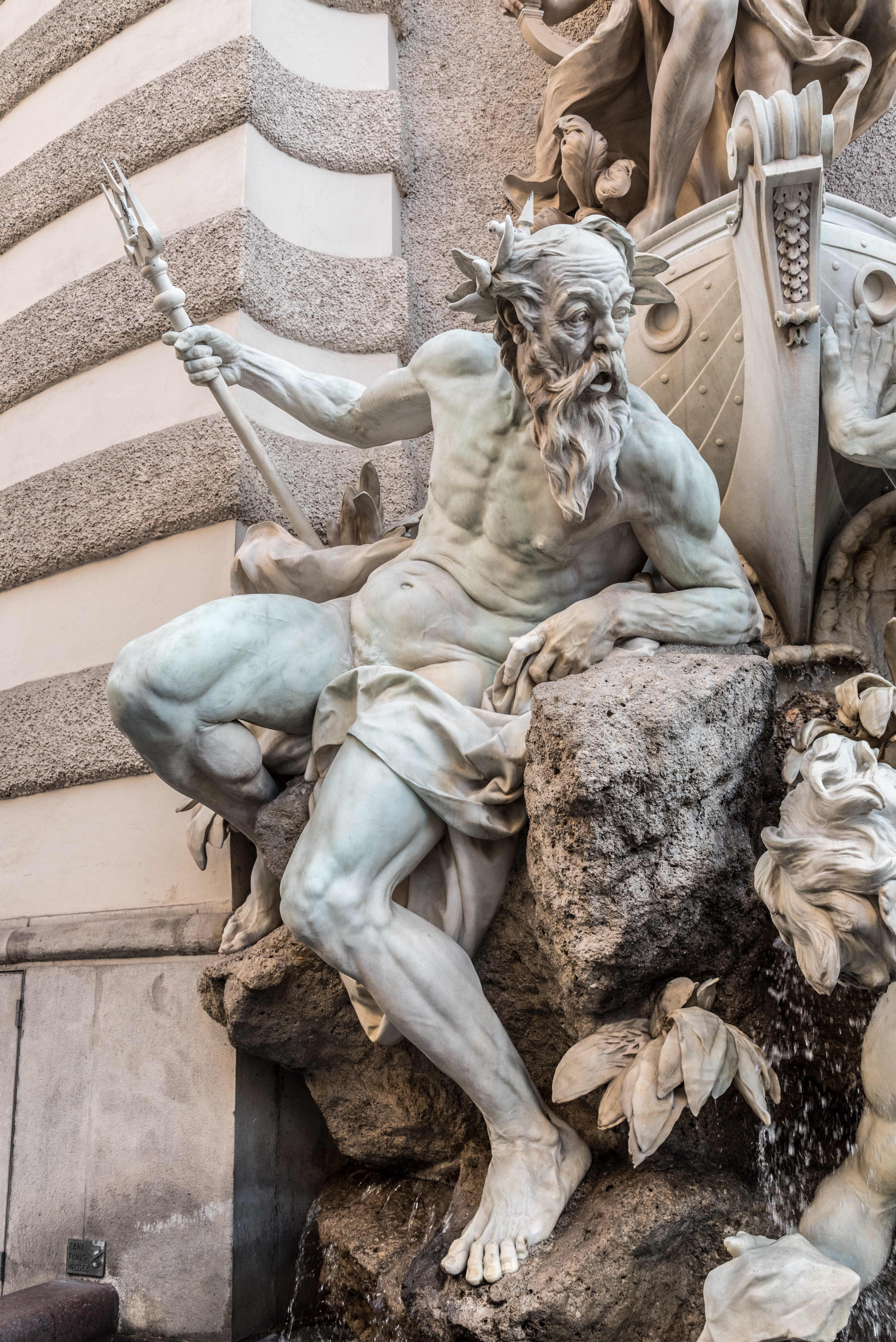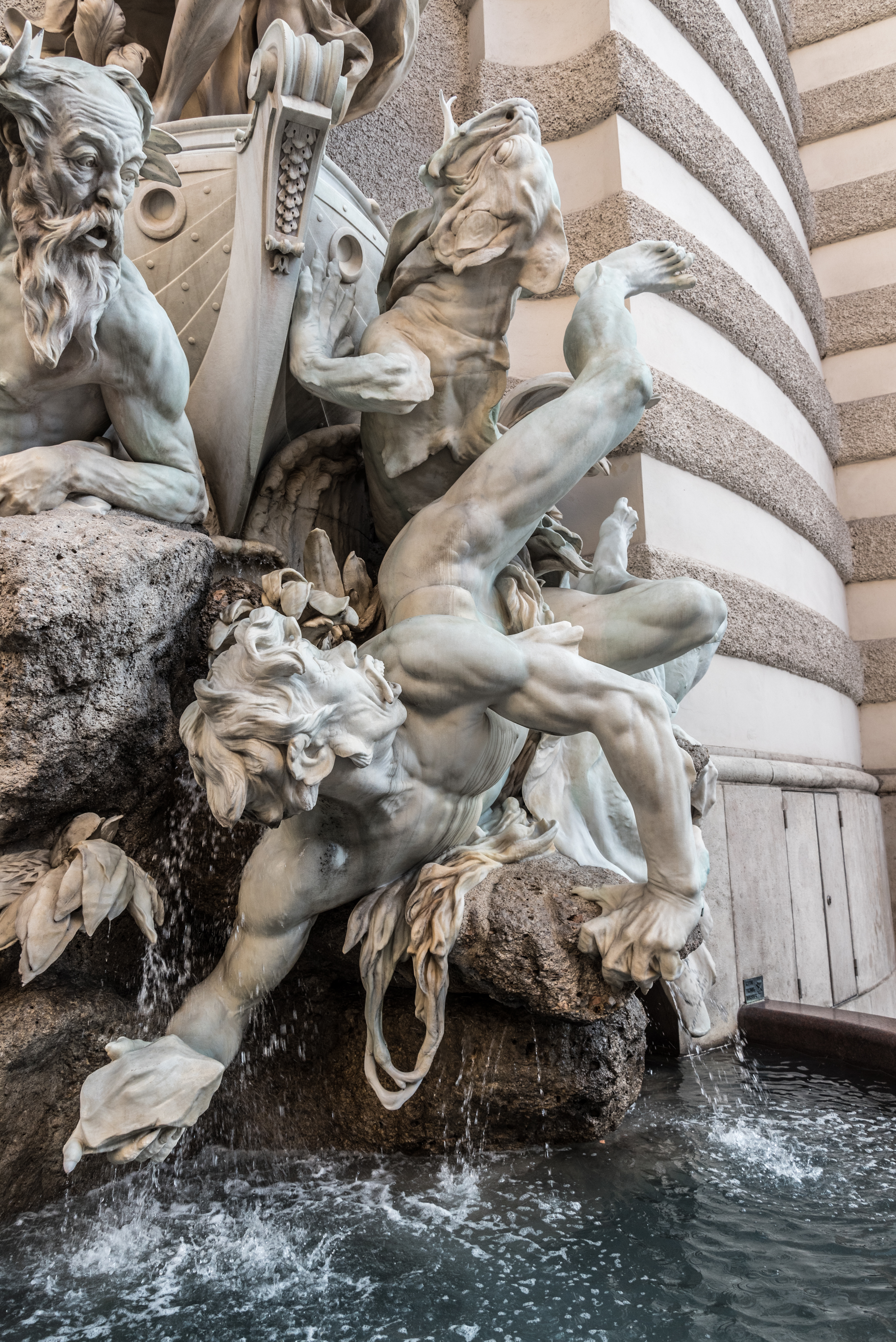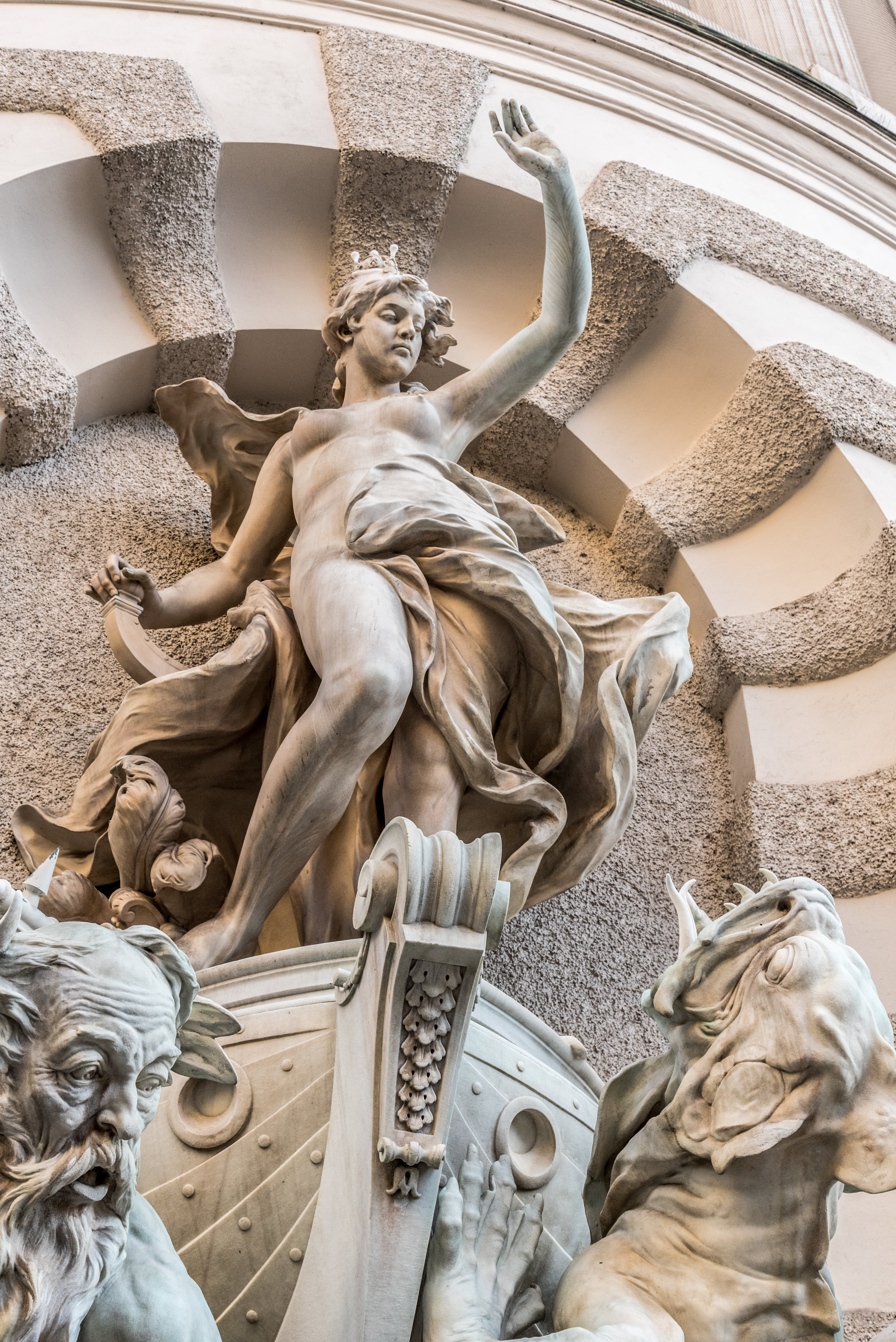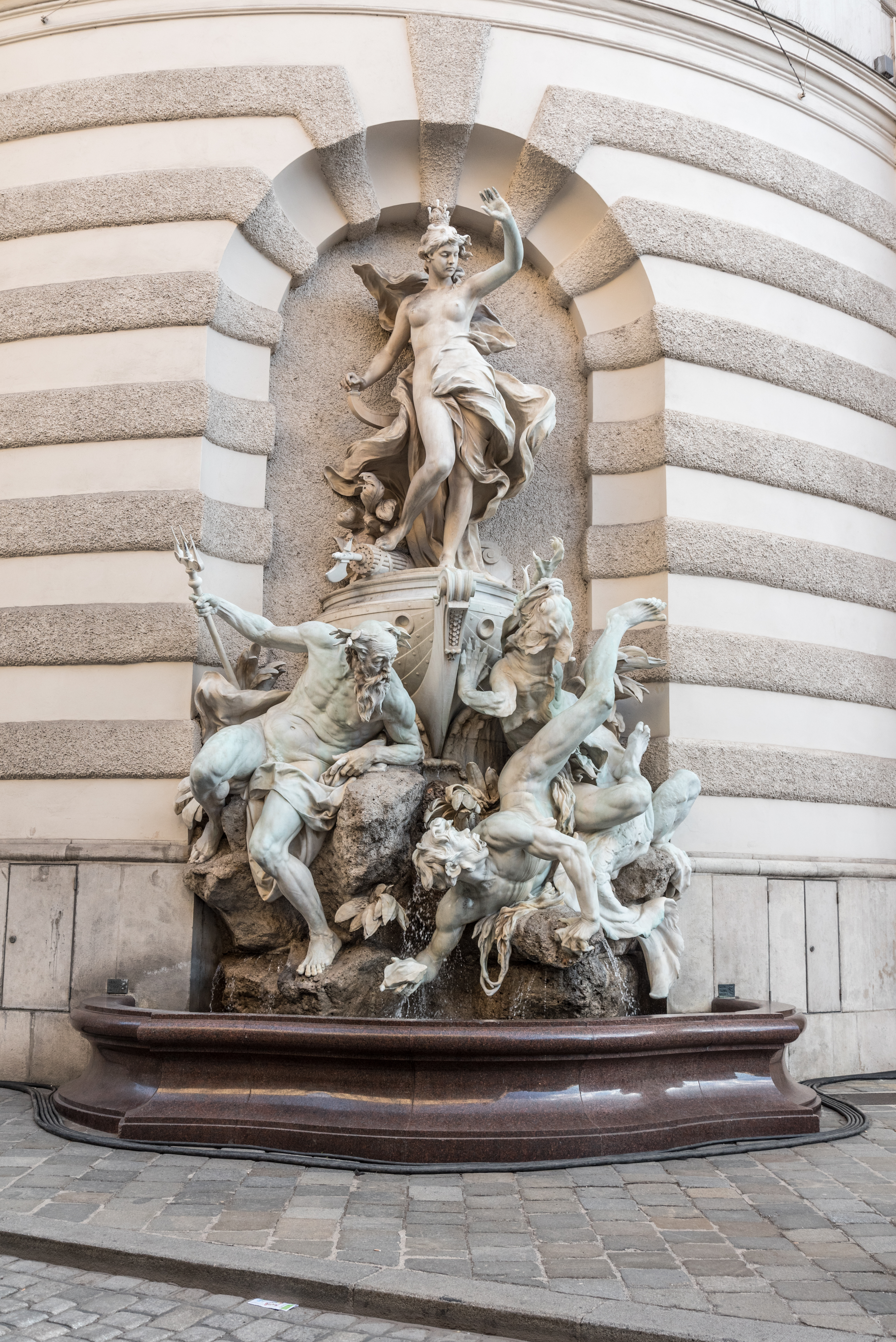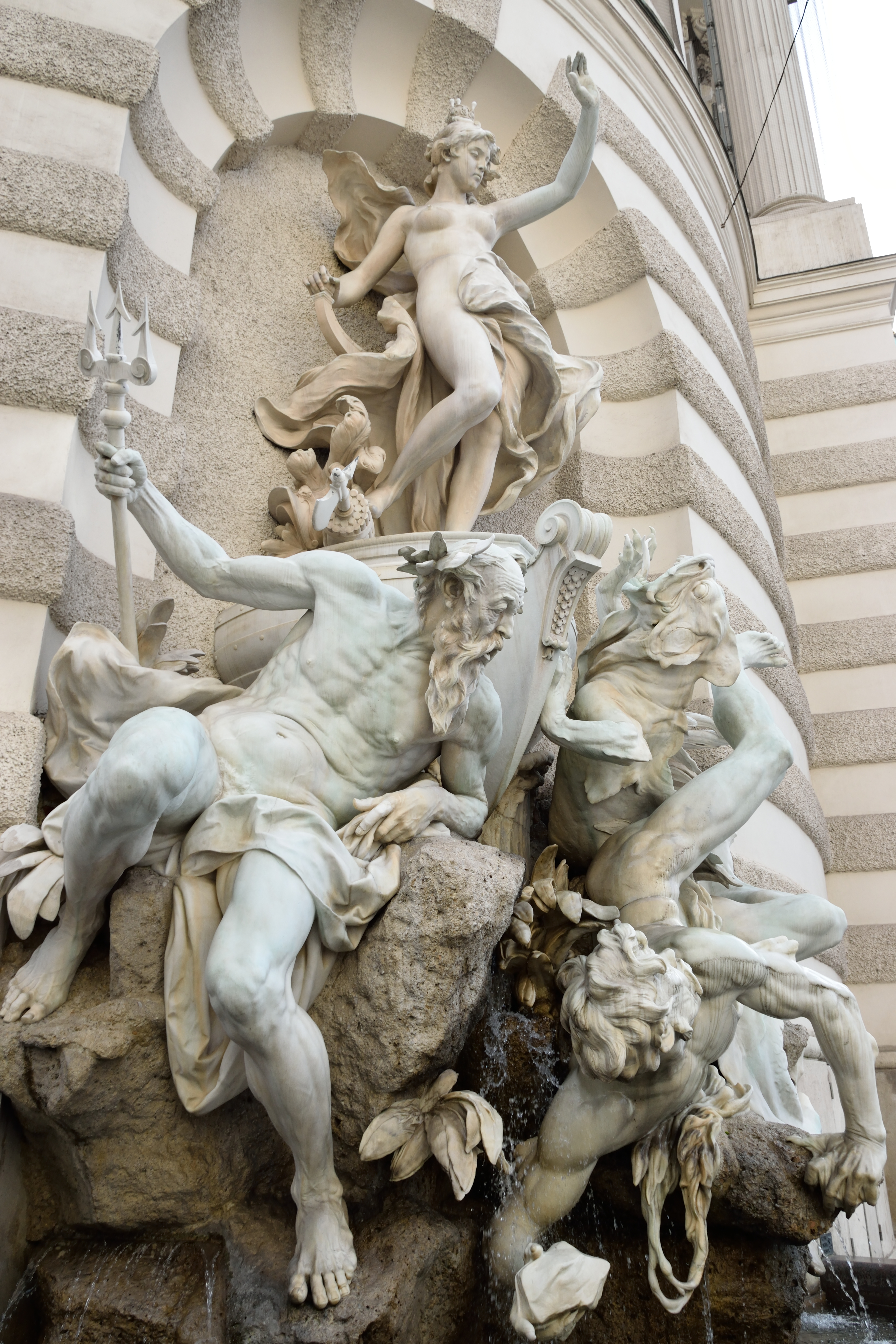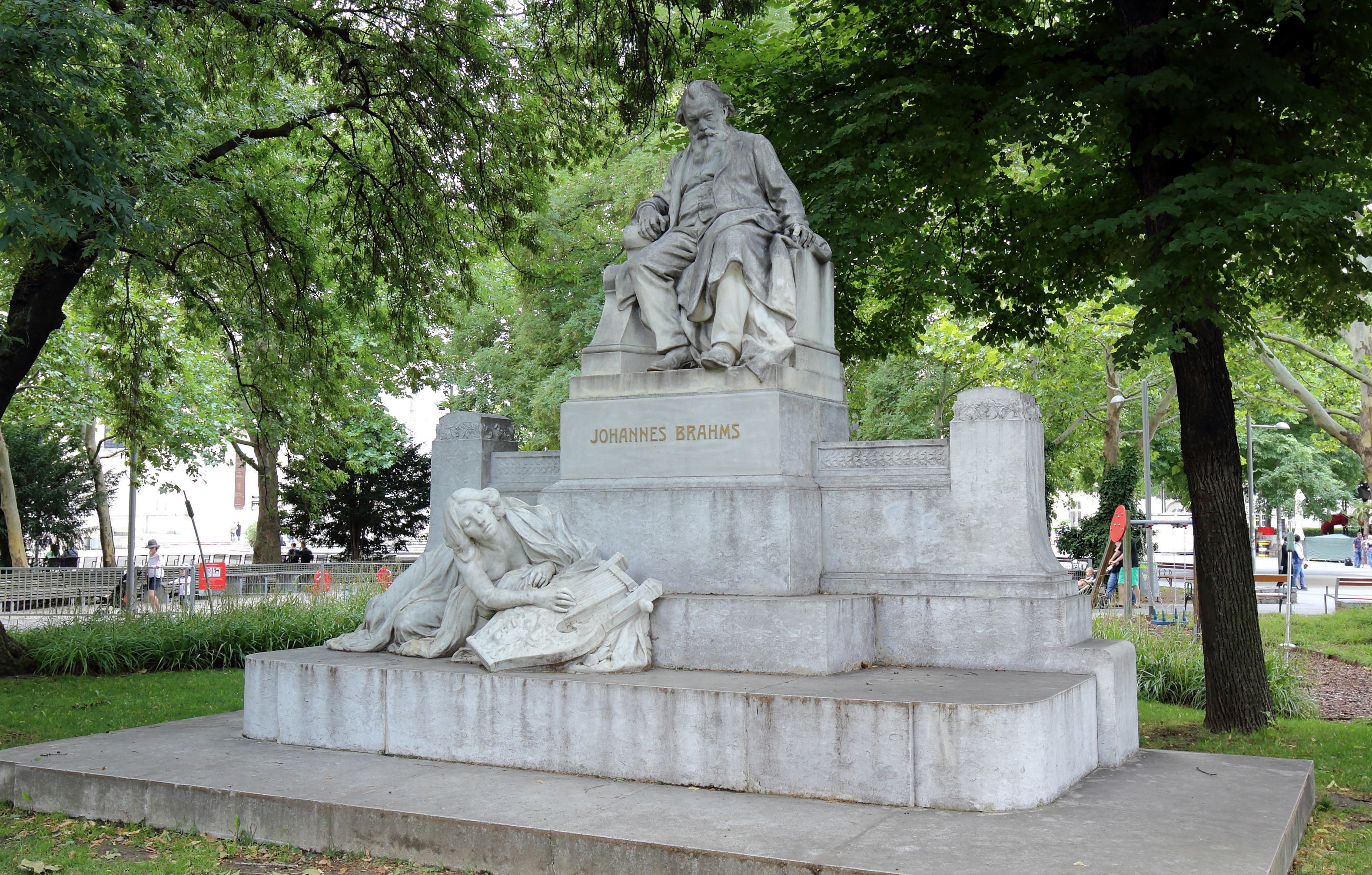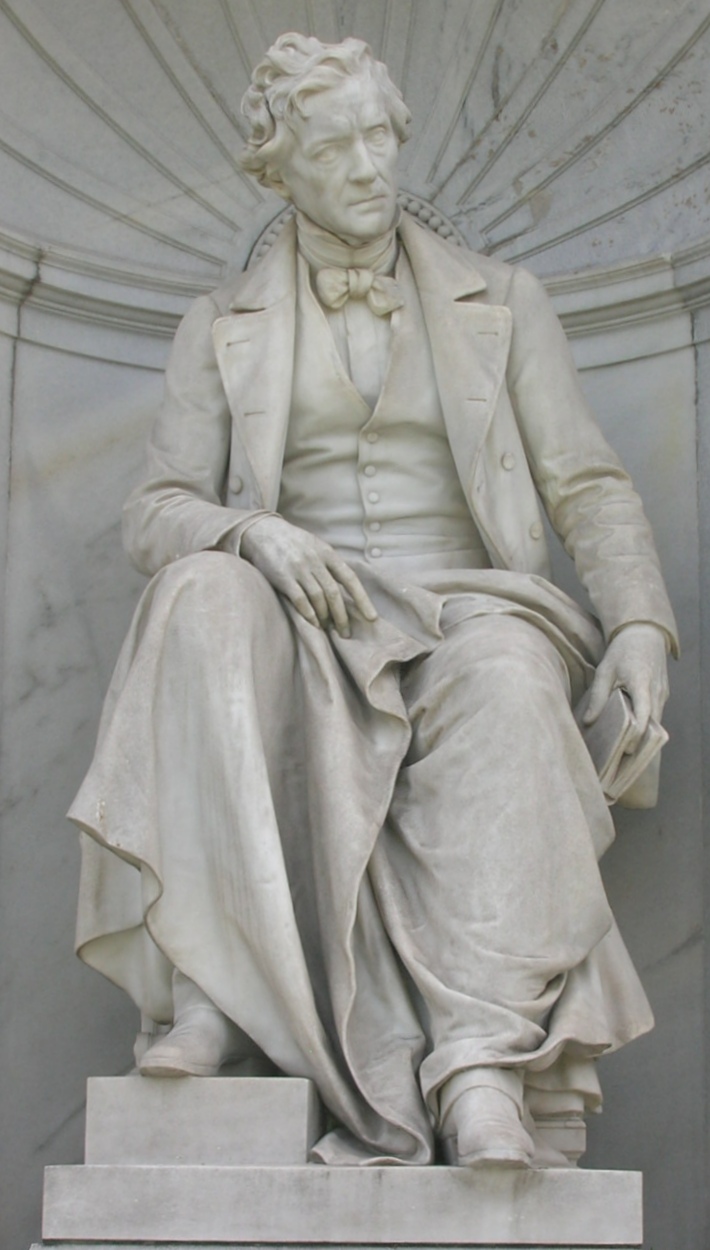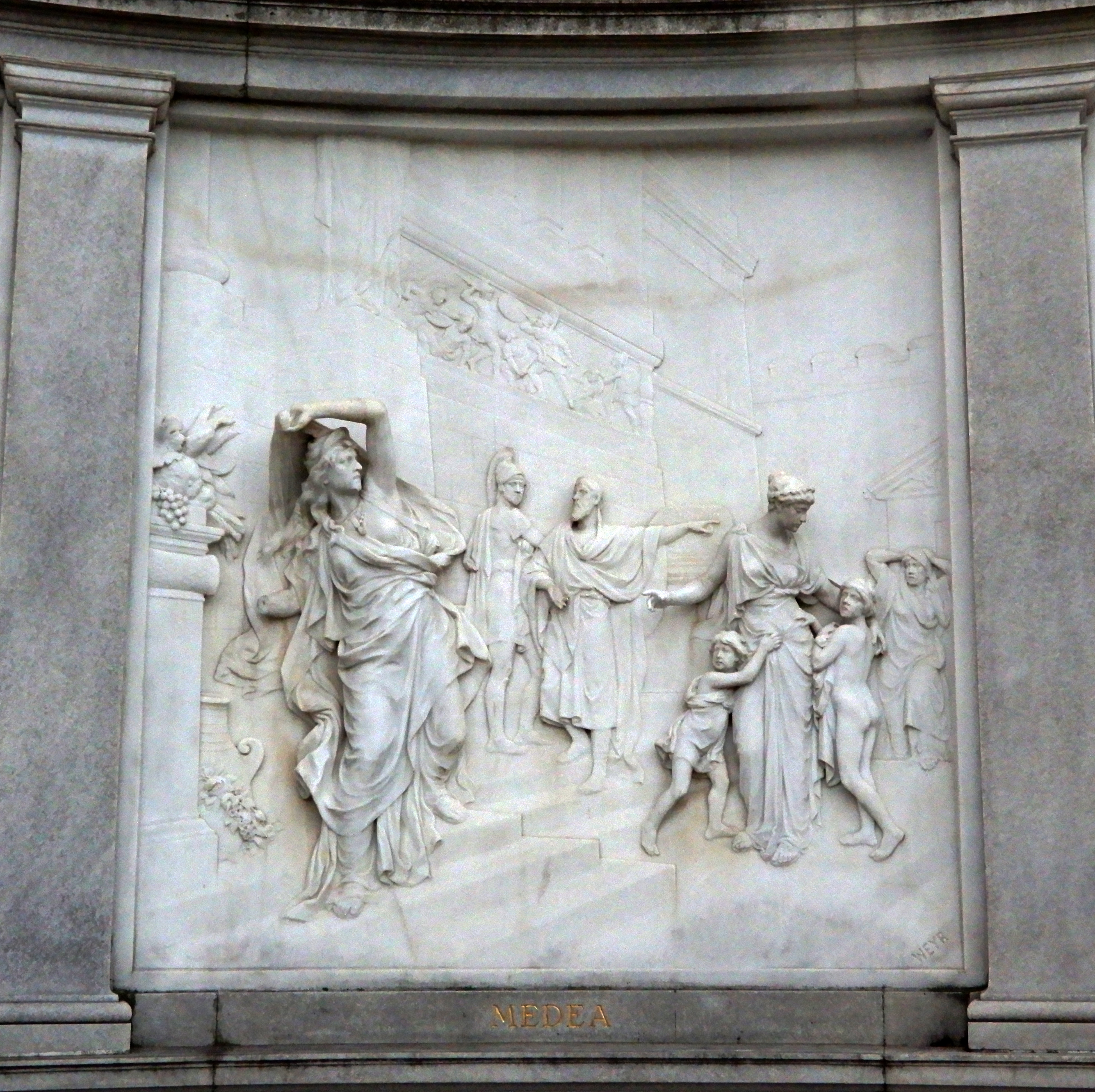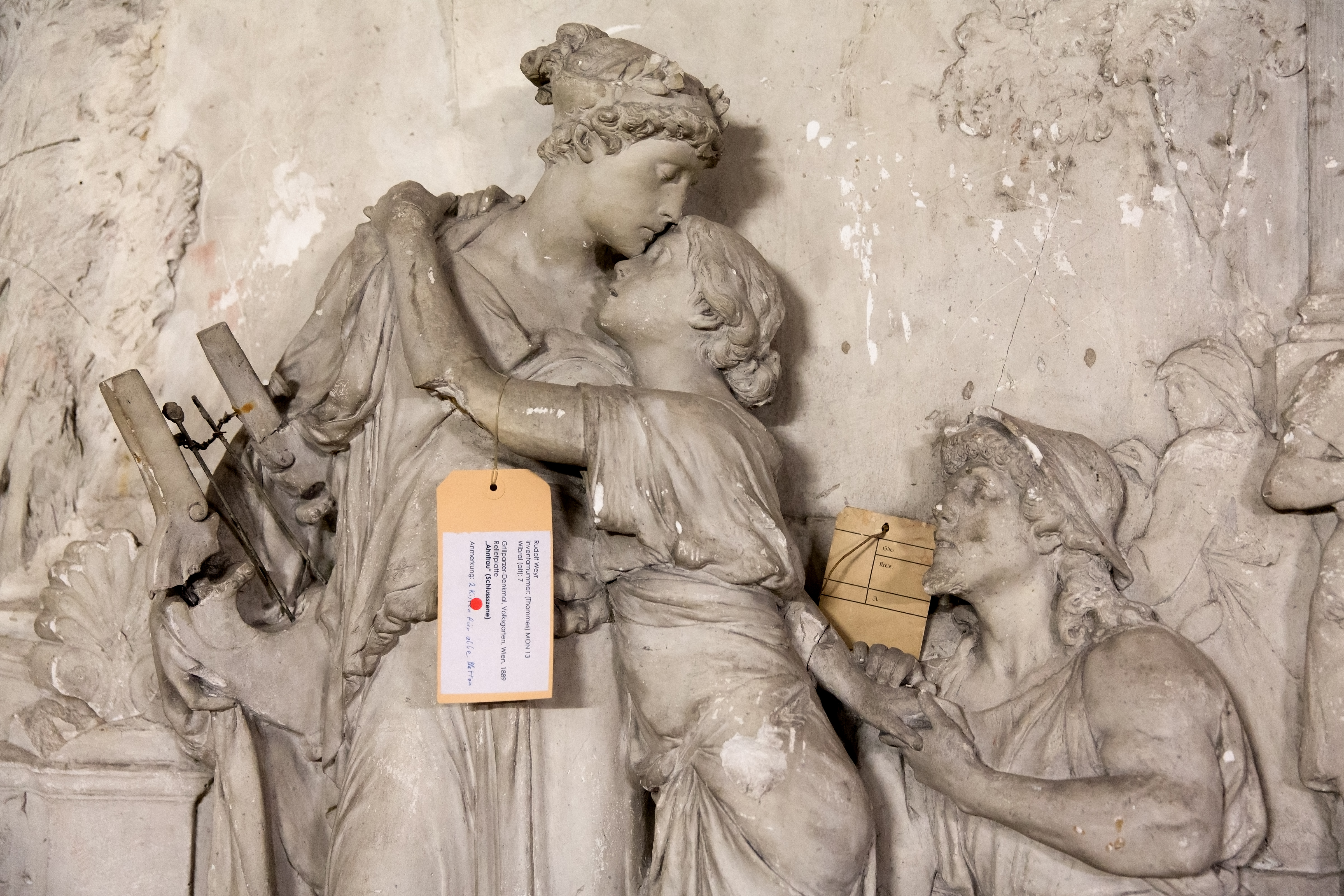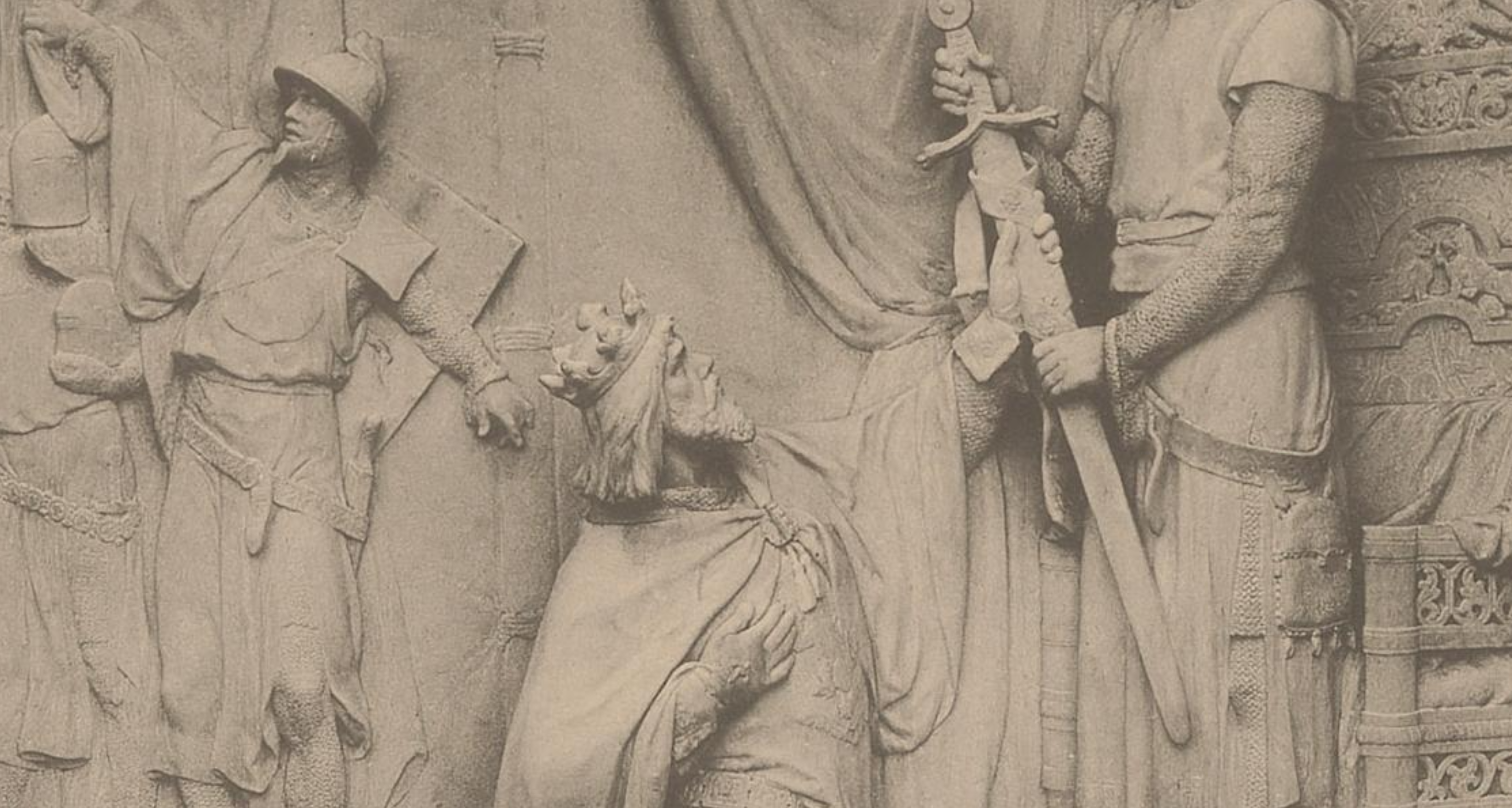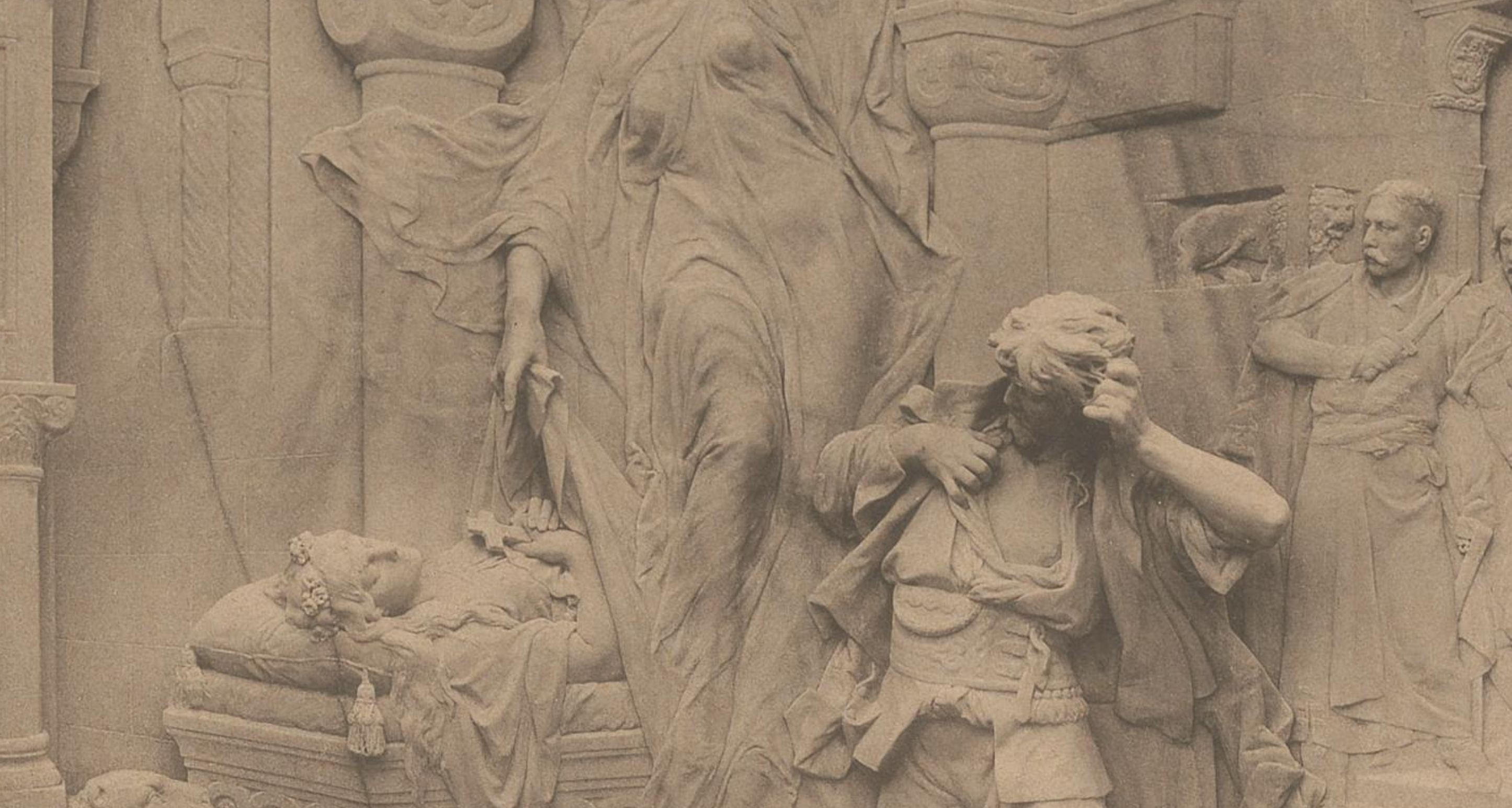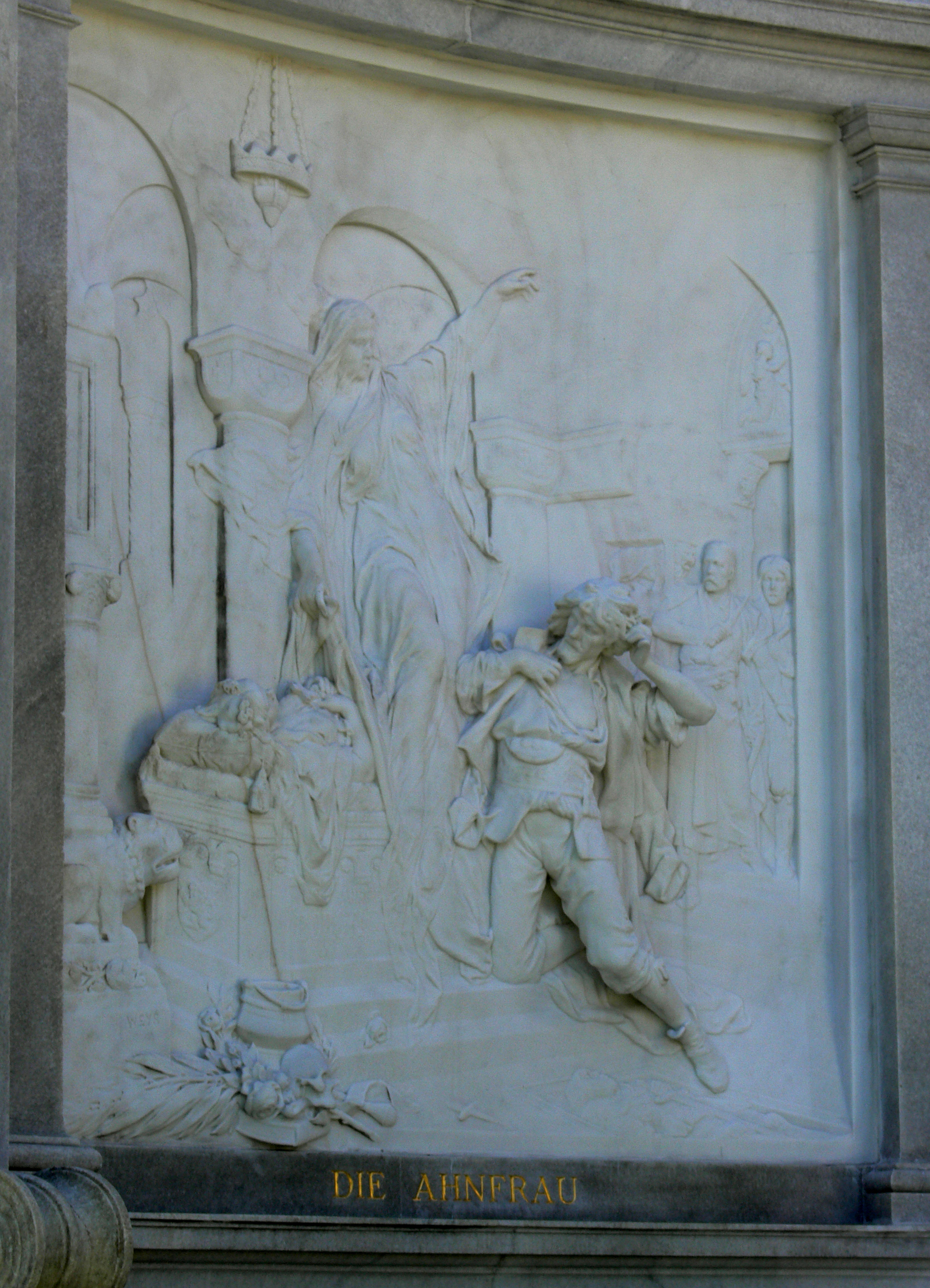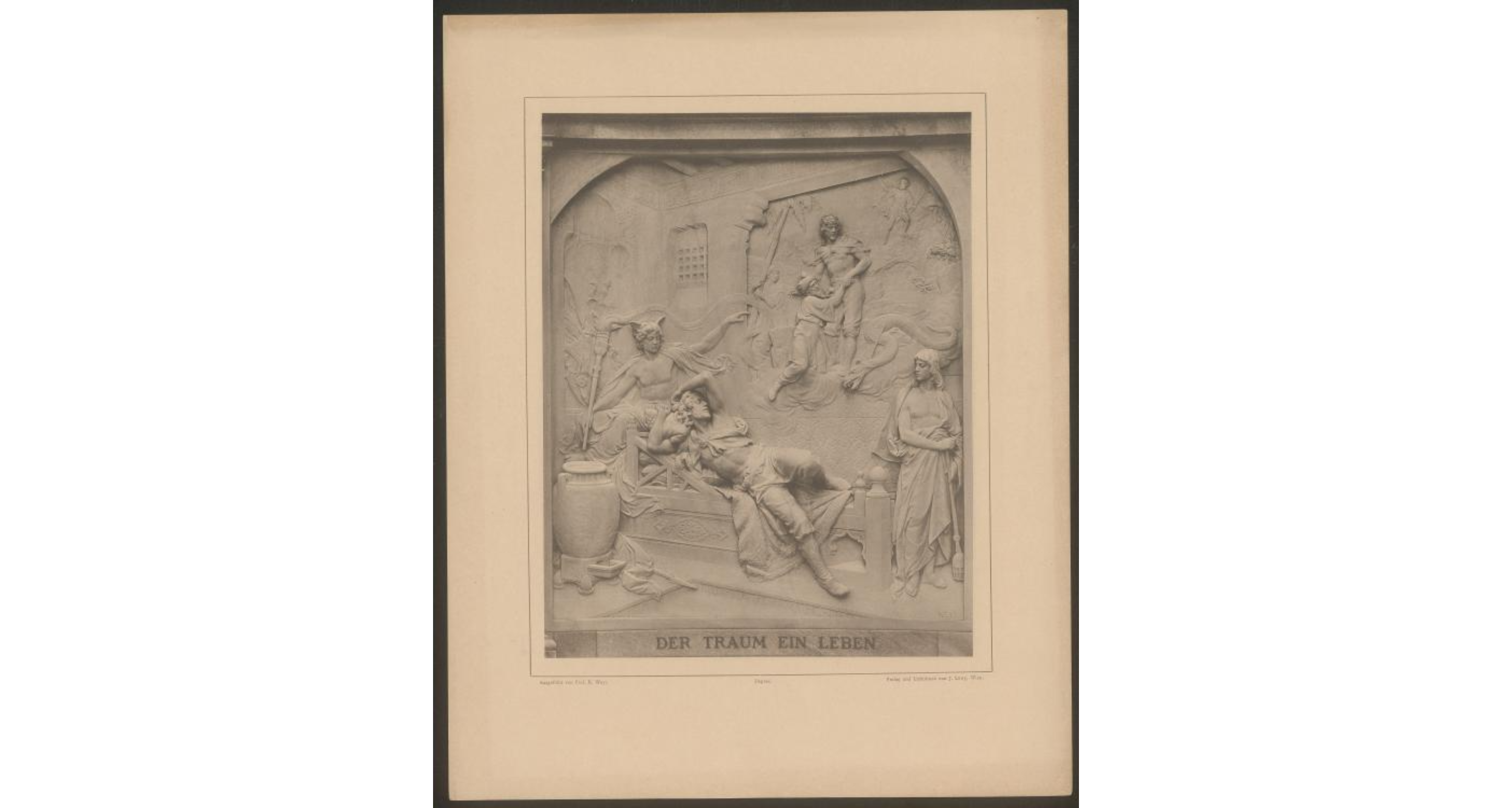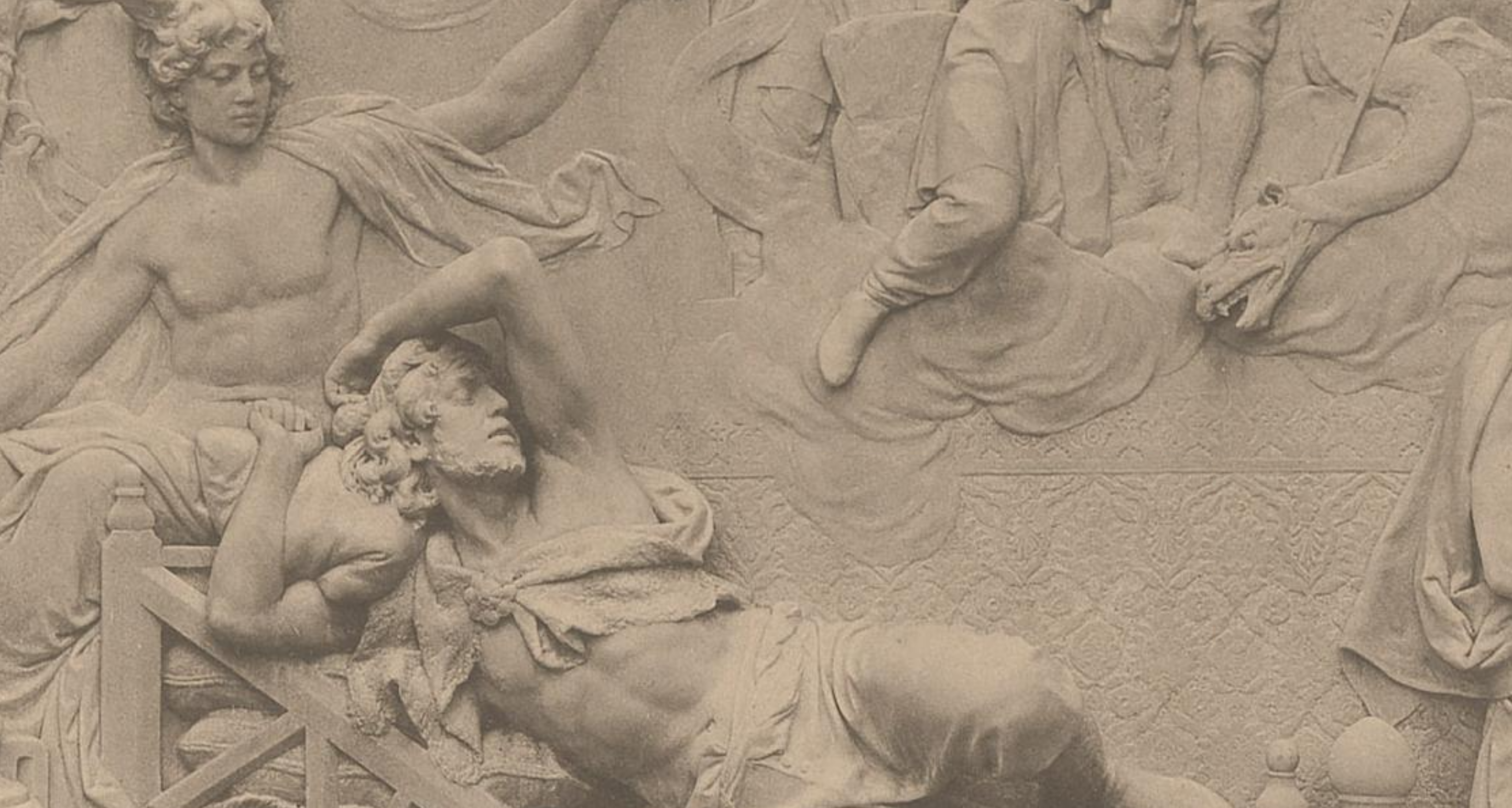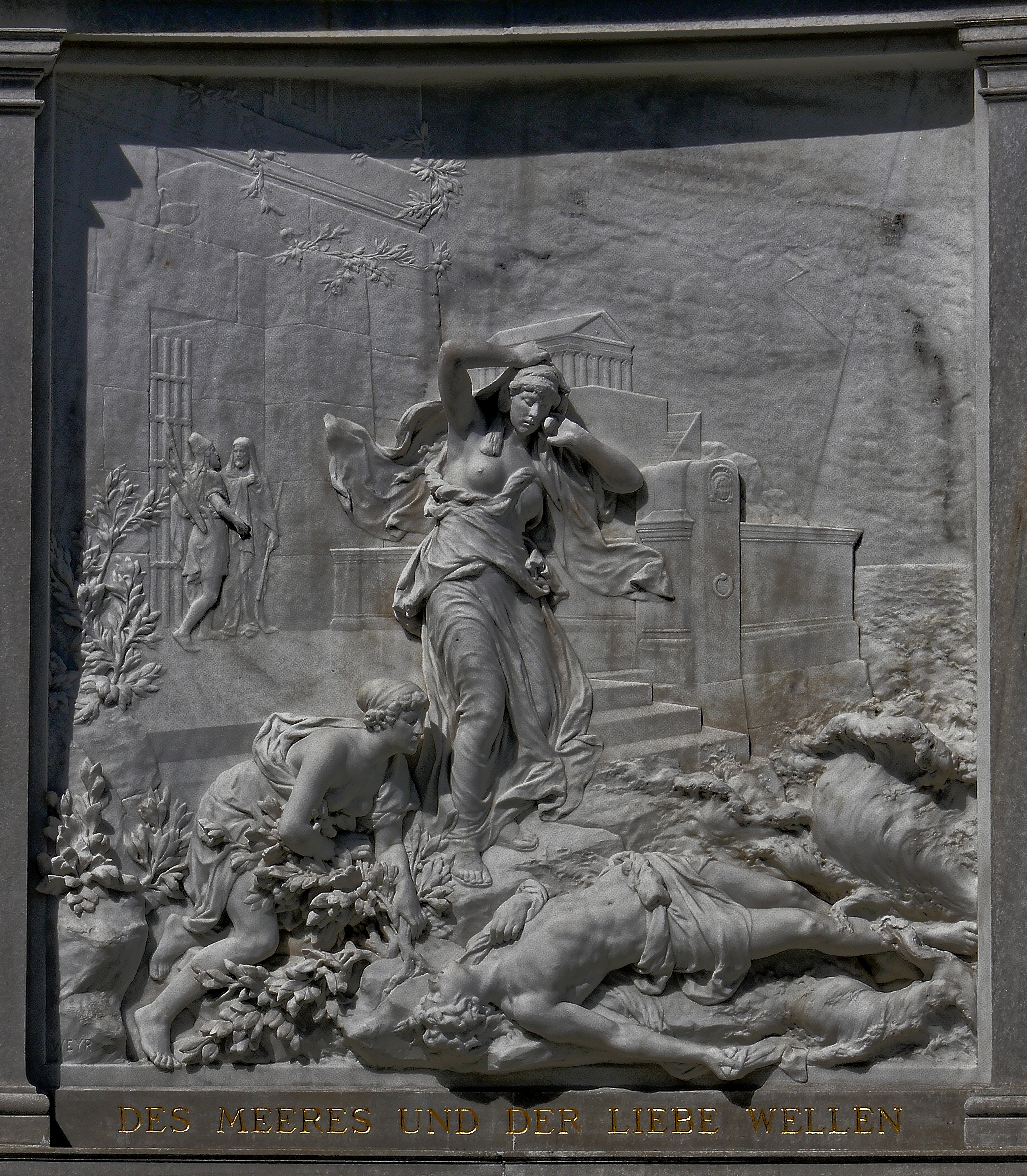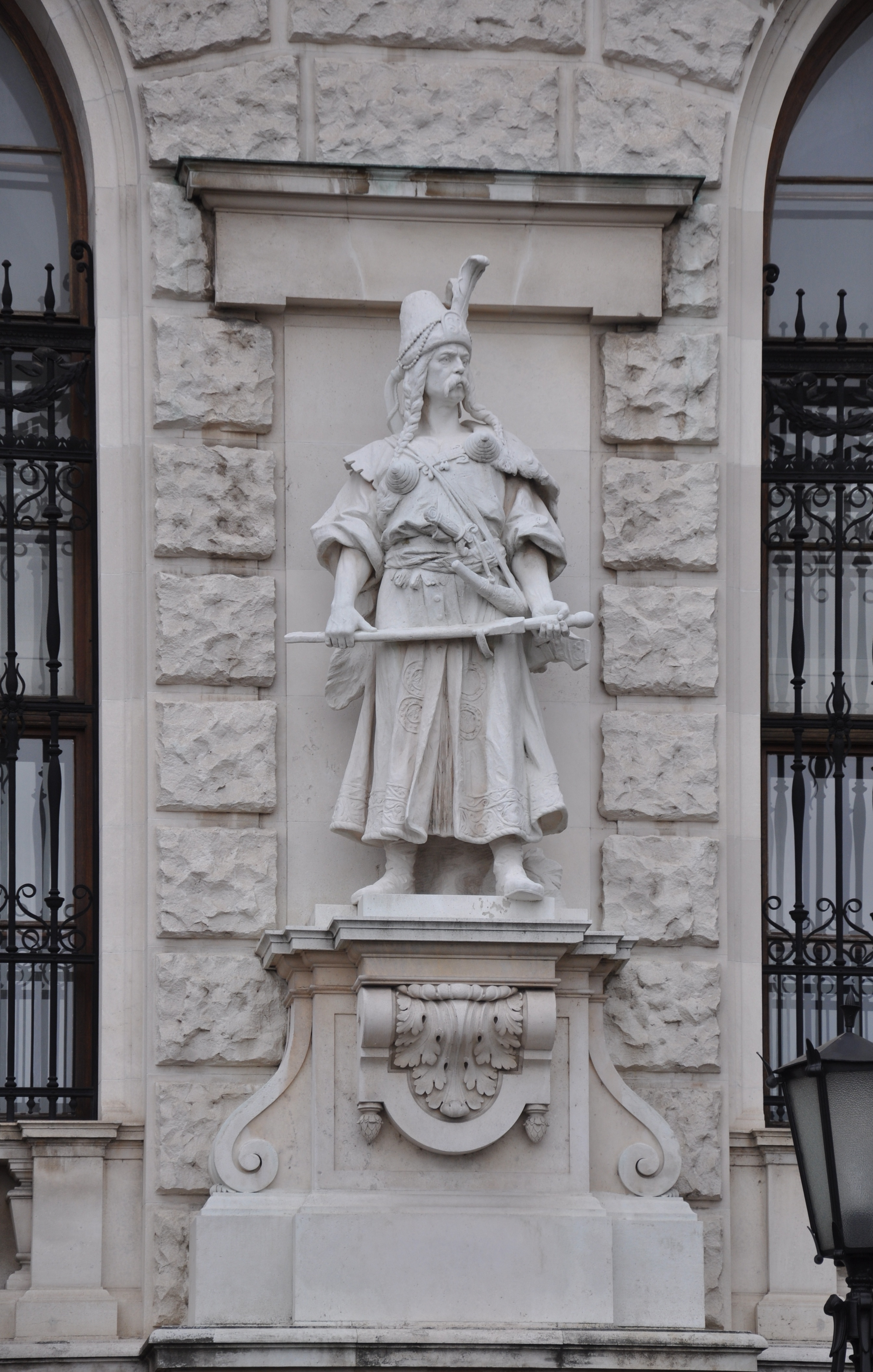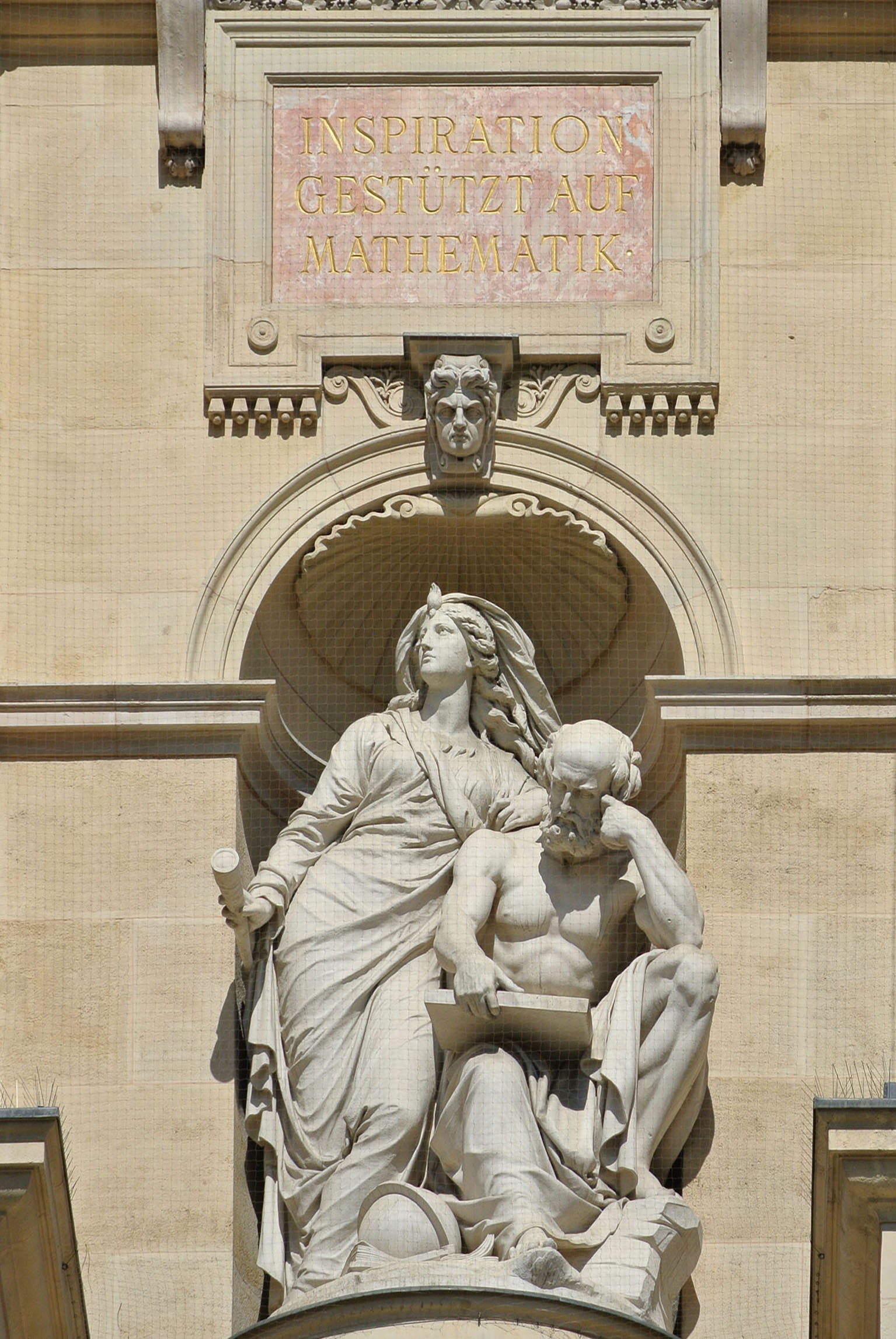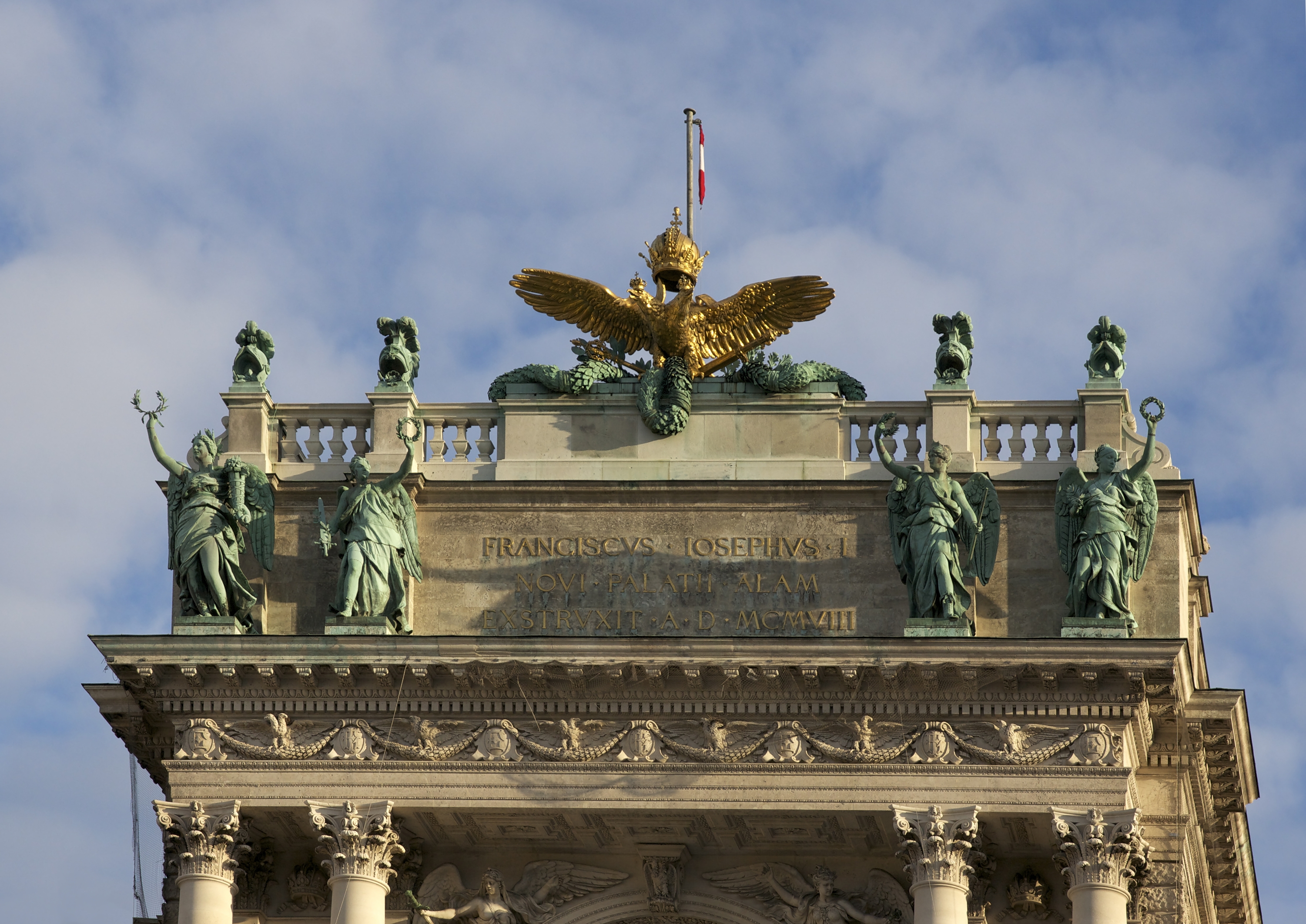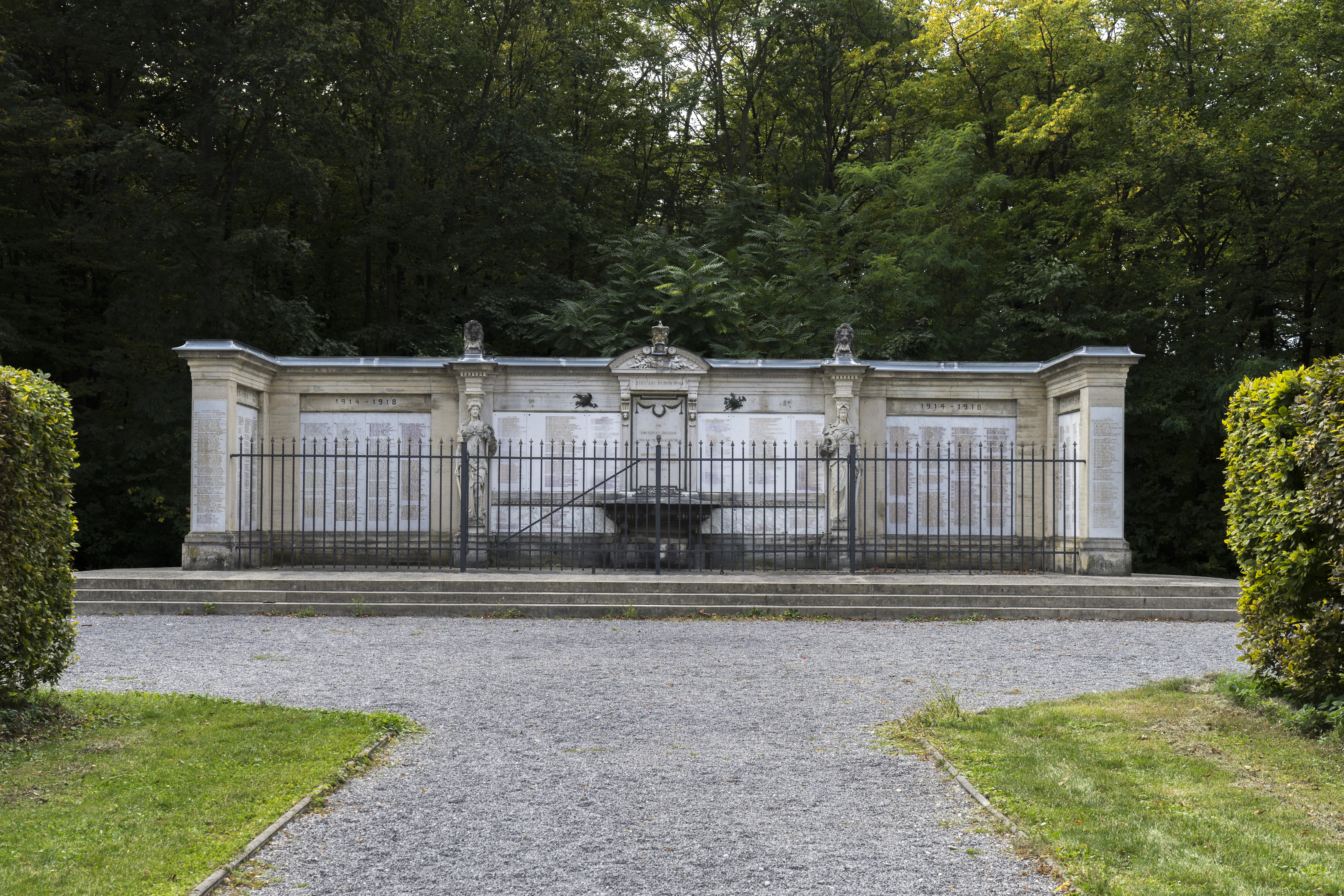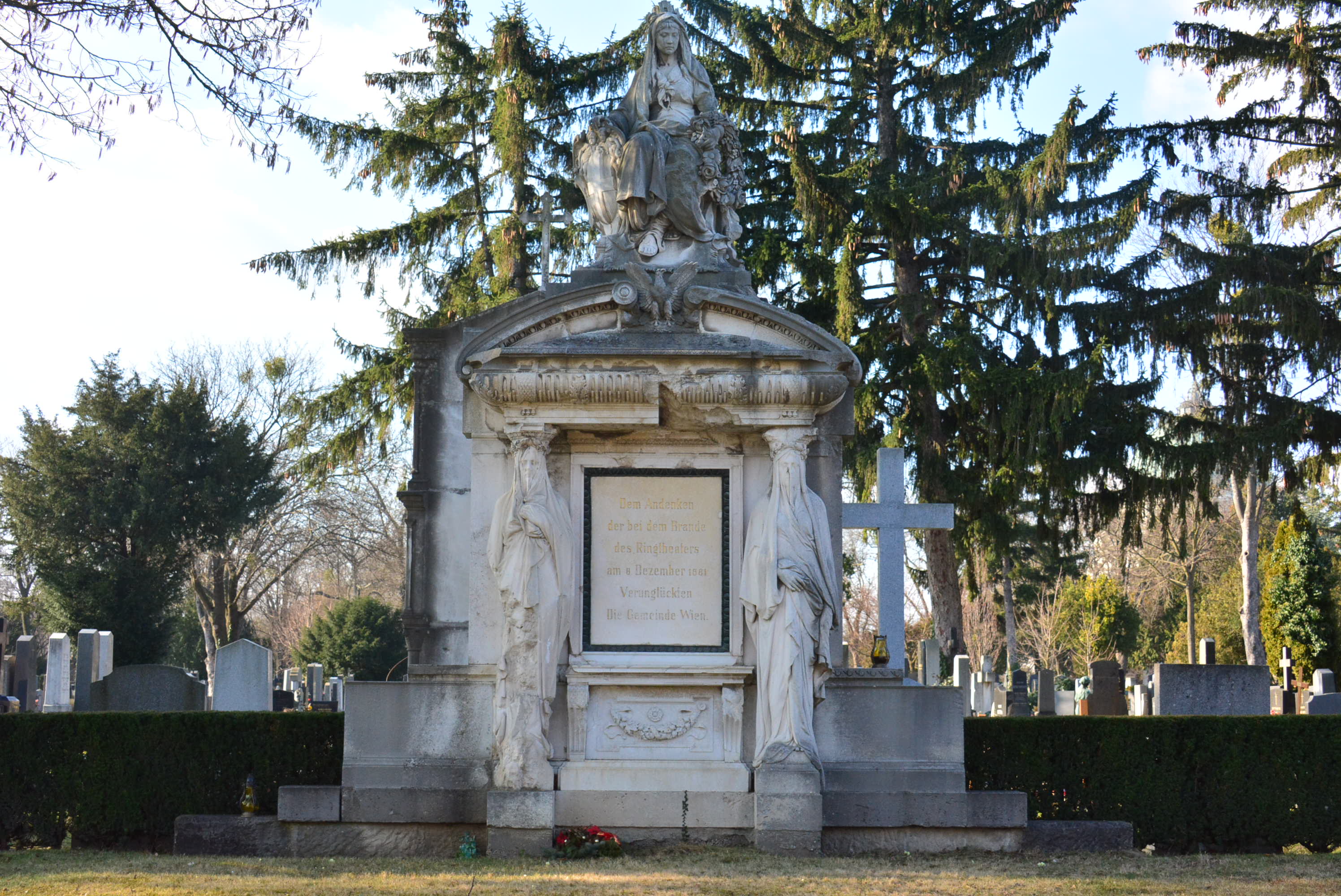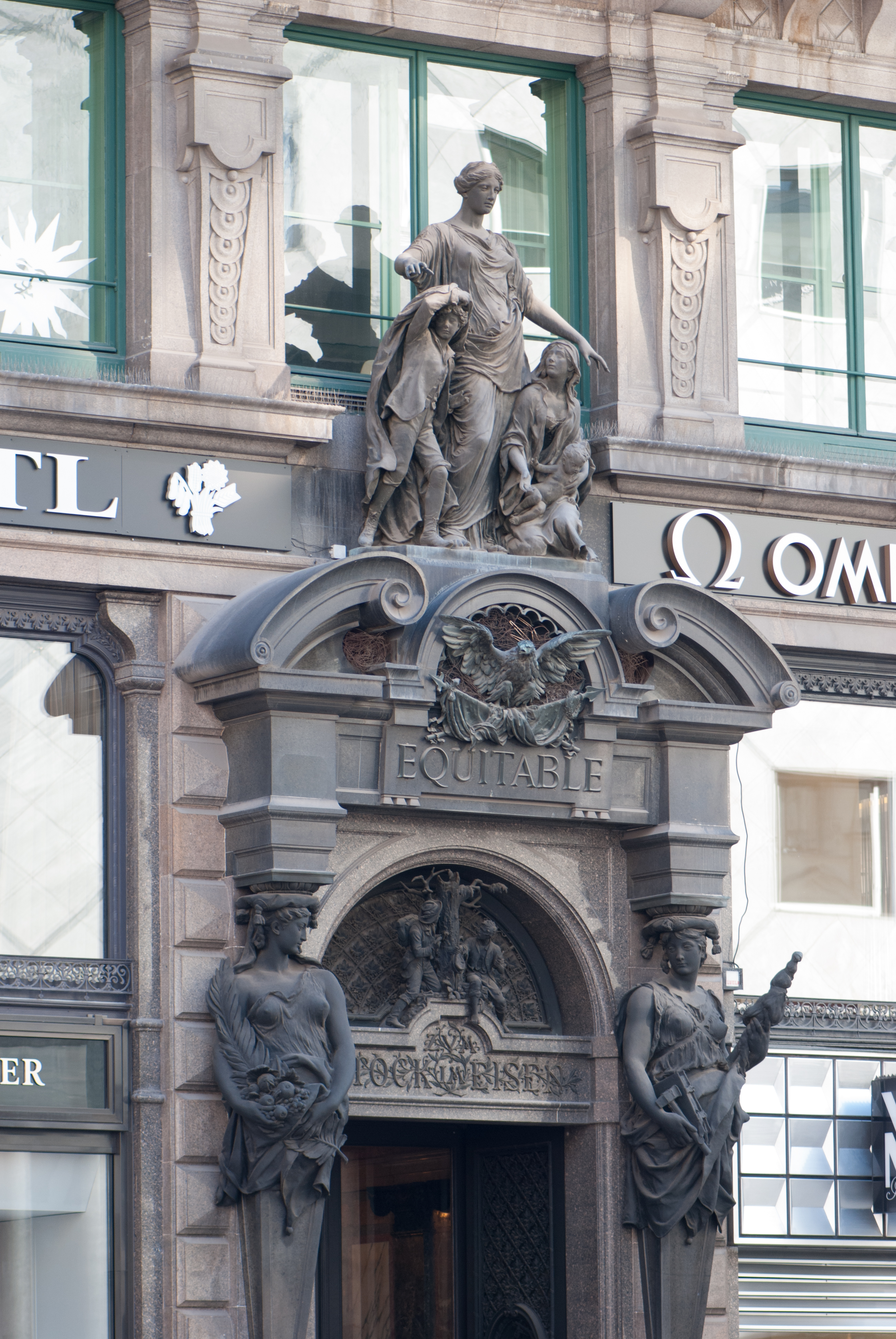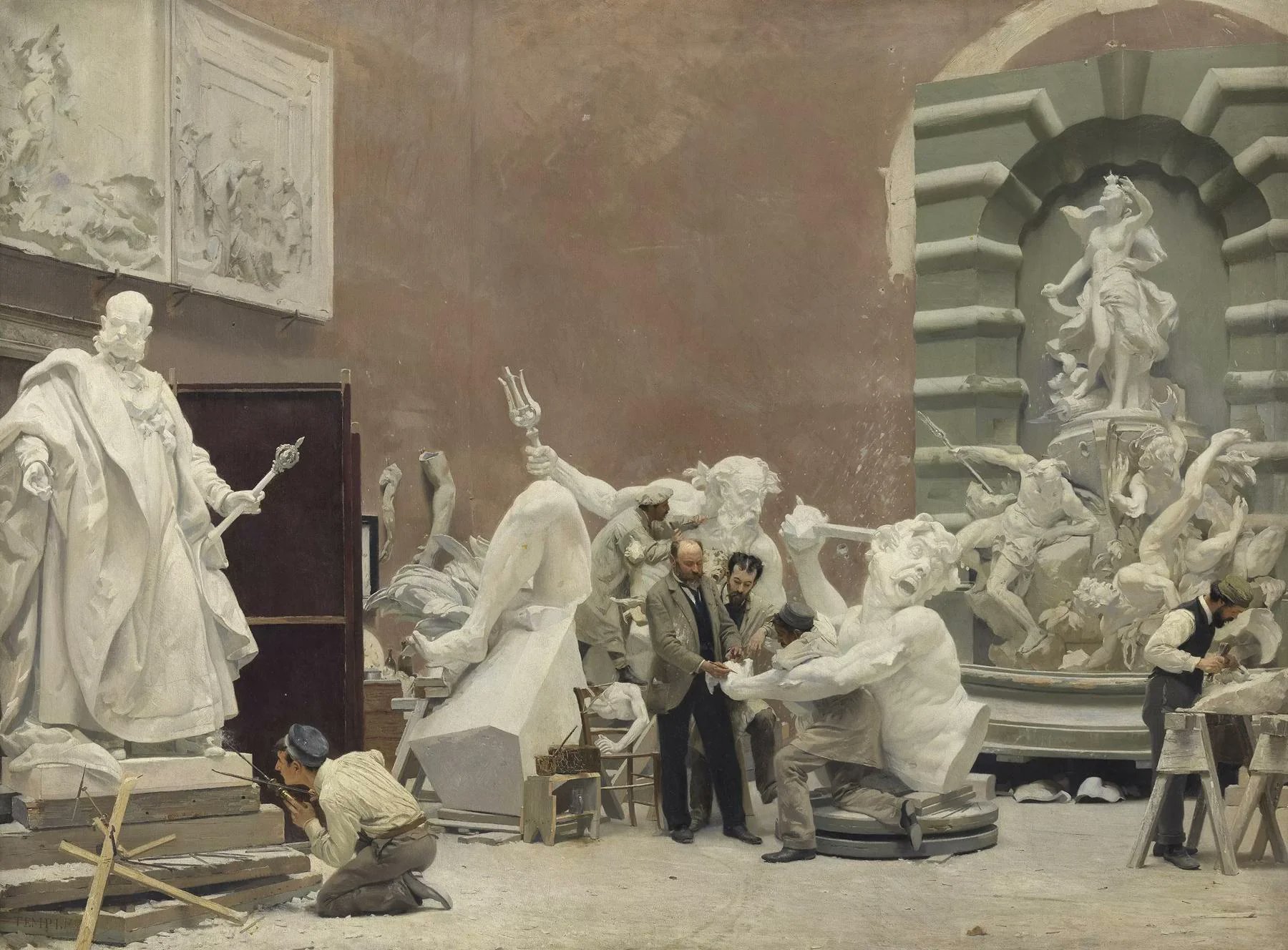RUDOLF WEYR, ANTON DOMINIK RITTER VON FERNKORN
RUDOLF WEYR, ANTON DOMINIK RITTER VON FERNKORN
Weyr, Rudolf, * 22.3.1847 Vienna, † 30.10.1914 ibid
ANTON DOMINIK RITTER VON FERNKORN – (* 17. MÄRZ 1813 IN ERFURT; † 16. NOVEMBER 1878 IN WIEN)
–
Weyr Rudolf Ritter von (Tankred),
PETERSKIRCHE, OUTSIDE VIEW, RELIEF, THE TALLNESS SHOWS ” EMPEROR KARL THE RELIEF OF RUDOLF WEYR FROM THE YEAR 1906 THE PETER’S CHURCH ” FOUNDS., AUSSENANSICHT, RELIEF
Das Relief von Rudolf Weyr aus dem Jahr 1906 zeigt “Kaiser Karl der Große gründet die Peterskirche”.
–

Relief Karl der Große, Katholische Kirche St. Peter Petersplatz 1 in Wien Inschrift: KAISER KARL DEM GROSSEN.DEM GRÜNDER DES OSTREICHS.STIFTER DIESER KIRCHE. bildhauer Rudolf Weyr
–
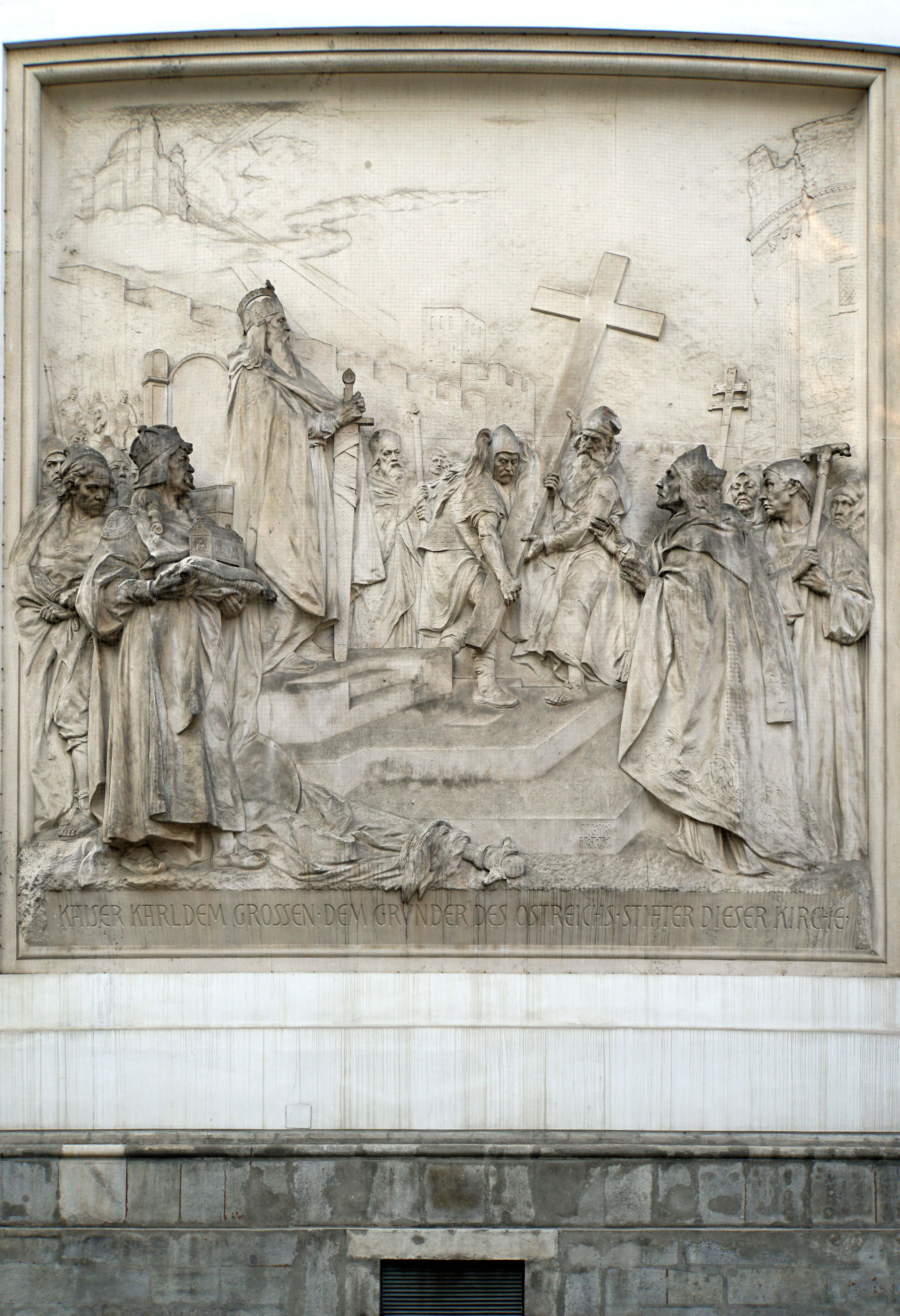
Relief Karl der Große, Katholische Kirche St. Peter Petersplatz 1 in Wien Inschrift: KAISER KARL DEM GROSSEN.DEM GRÜNDER DES OSTREICHS.STIFTER DIESER KIRCHE. bildhauer Rudolf Weyr
–

Wien Innenstadt, Peterskirche, Relief Karl der Große St. Peter’s Church second oldest church in Vienna a holy house stood here during the reign of the Romans Bildhauer Rudolf Weyr
–

Relief Karl der Große, Katholische Kirche St. Peter Petersplatz 1 in Wien Inschrift: KAISER KARL DEM GROSSEN.DEM GRÜNDER DES OSTREICHS.STIFTER DIESER KIRCHE. bildhauer Rudolf Weyr
–
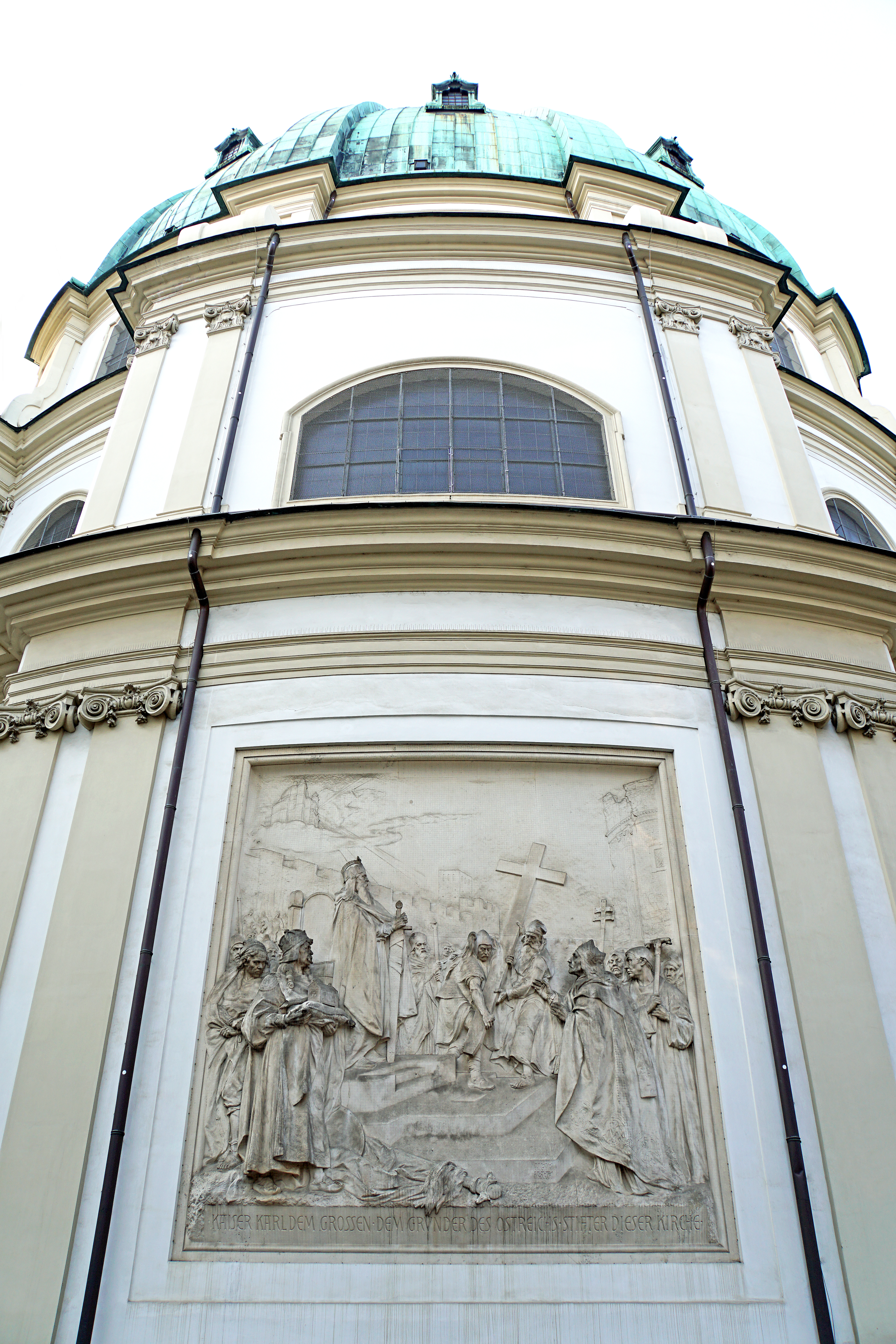
Relief Karl der Große, Katholische Kirche St. Peter Petersplatz 1 in Wien Inschrift: KAISER KARL DEM GROSSEN.DEM GRÜNDER DES OSTREICHS.STIFTER DIESER KIRCHE. bildhauer Rudolf Weyr
–
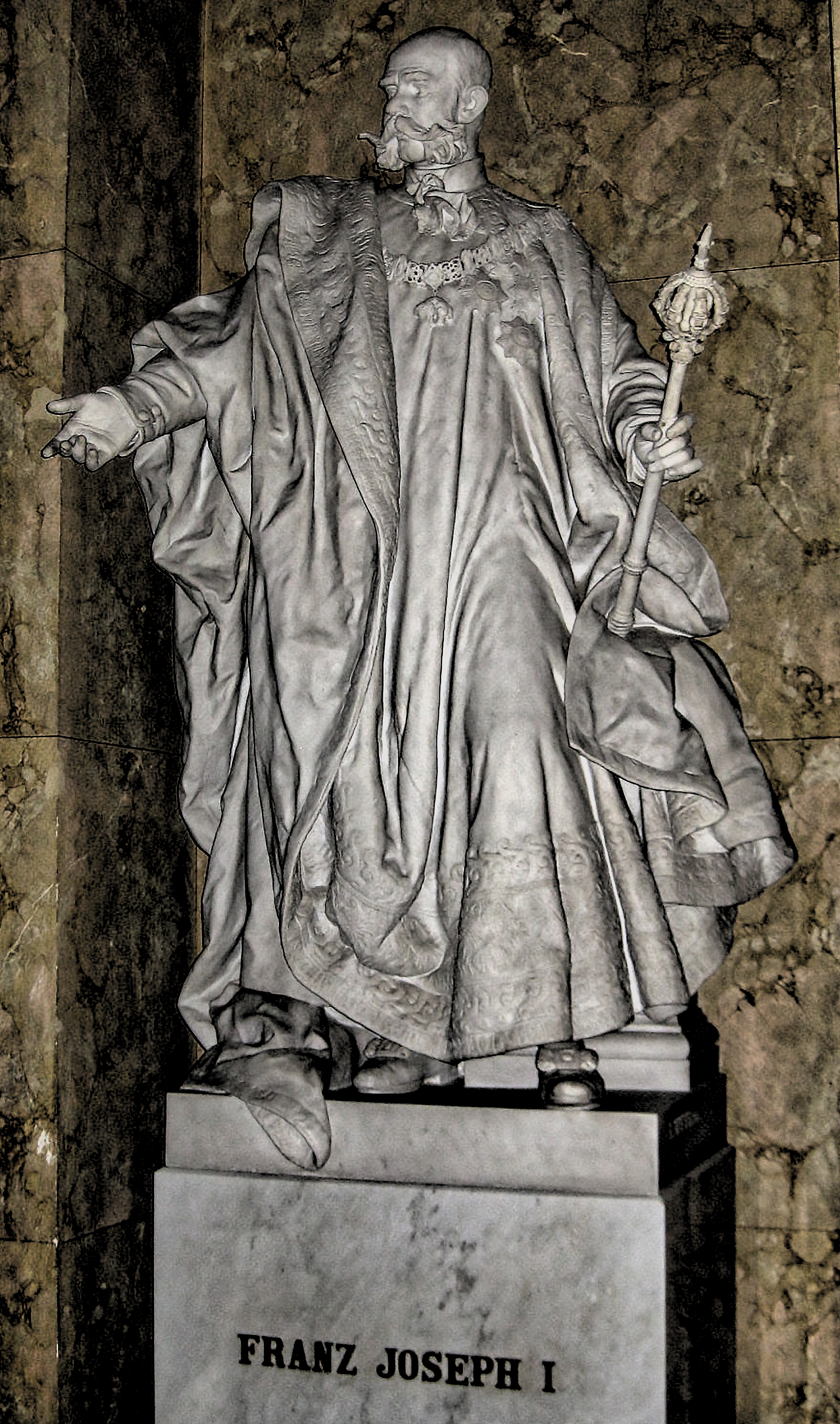
Rudolf_Weyr_1895_Karlsplatz_13_-_TU_Wien_Festsaal_-_Kaiser_Franz_Joseph_I.-Denkmal_von_Rudolf_Weyr_1895
Weyr, Rudolf, * 22.3.1847 Vienna, † 30.10.1914 ibid., sculptor; uncle of Siegfried Weyr. Studied in the Viennese academy, was active in the studio of sculptor J. Cesar and cooperated in the skulpturalen arrangement of the art-historical and the physical-historical museum as well as the Hermes’s villa in Vienna; among the rest, created monuments for H. Canon (1905) and J. Brahms (1908) in Vienna. Beside V. Tilgnerone of the most significantAustrianrepresentatives of the new baroque in the sculpture.
–
–
–
–
–
–
–
Einer der beiden Löwen neben dem von Otto Wagner errichteten Schleusenbau in Nussdorf
The pillars form at the same time monument base for the bronze lions of Rudolf Weyr.
The election slogan emperor Franz Joseph ” with combined forces ” (Viribus unitis) stands in golden letter on one of the pillars. His fixing certifies to the Nußdorfer weir and so many other Viennese buildings that they were established in the reign emperor Franz Joseph I., in 1848 – in 1916.
–
–
–
–
Rudolf Weyr, – Wien, Hofburg,_Michaelertrakt,_Österreichs_Macht_zur_See – Rudolf Weyr
was madein 1895 by Rudolf von Weyr (1847-1914). Also this figure adorns one of the rudolfinischen house crown felt crown.
– Wien,_Hofburg,_Michaelertrakt,_Österreichs_Macht_zur_See – Rudolf Weyr
–
Ressel Park (4th district of Vienna) is close to St.Charles’ and the Technical University, both in the vicinity of the Musikverein.
Somewhat hidden in the bushes, near the entrance to the Historical Museum of Vienna, stands the monument of Johannes Brahms, designed by Rudolf Weyr and unveiled on May 7th, 1908. The City of Vienna paid for the project, thus honoring the great composer with this marble monument. It shows Brahms seated, at his feet a female figure with a lyre.
–
Vienna, Volksgarten
–
You can see here the Volksgarten, on this public park you can find the monument of Franz Grillparzer (a poet), the sculpture was done by Rudolph Weyr, Karl Kundmann and Karl Hasenauer in 1889. In this park there’s also The Temple of Theseus an imitation of the Theseion temple in Athens, built between 1820 and 1823 by Peter Nobile. Inside the temple there used to be the “Group of Theseus” by Antonio Canova (now in the Museum of Fine Arts).
http://www.virtourist.com/europe/vienna/18.htm
–
Grillparzer, Volksgarten.
–
–
–
–
–
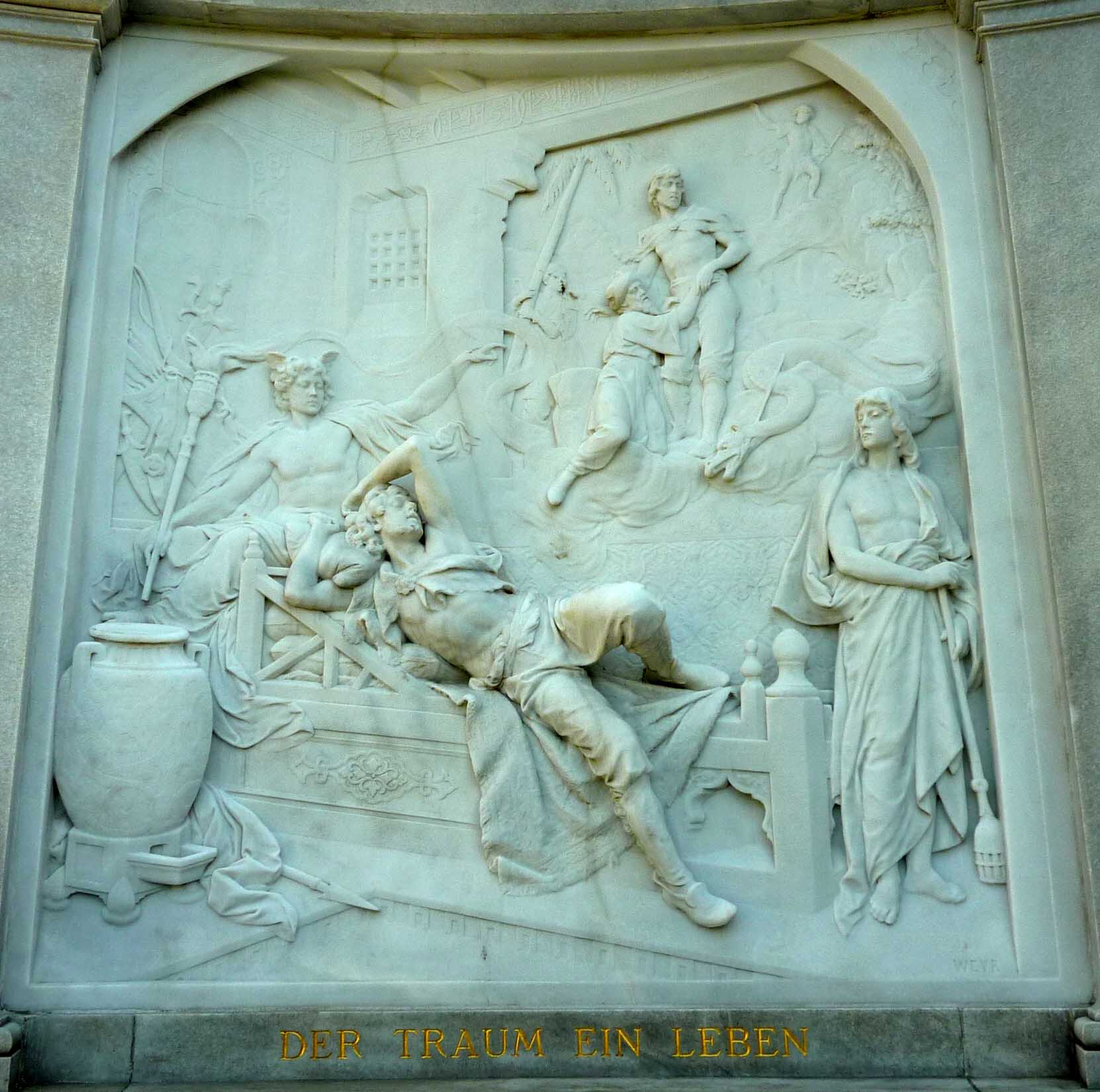
Grillparzer Denkmal 1791 Wien to 1872 Wien Rudolf Weyr Bildhauer1847 Wien to 1914 Wien – Der Traum ein Leben
–
Franz Grillparzer (1/15/1791 – 1/21/1872), with assistance from – Rudolf Weyr – releif sculpture for this monument.
An architectural Niesche, from Karl Hasenauer is sketched, the seated figure of the poet envelops. For the wings Rudolf Weyr Reliefs has created. In the choice of the motives one notices that the court has promoted the monument: (v. li. n. re.) ” the ancestress “, ” the dream a life “, ” king of Otto’s cirque luck and end “, “Sappho”, “Medea” and ” of the sea and the dear waves ” – scenes from grill par cerium dramas.
No protracted quarrel around the location or shortage of money hindered the work – nevertheless, it lasted 12 years, until it was ready. Already four years after the death of the poet the work of the private Denkmalkomitées was almost concluded. There was only no useful draft. Two competitions brought no result.
The support of the imperial house to Lebezeiten would have used grill par cerium more. His wish to become a manager of the university library never went to fulfilment. He remained as a manager in the court chamber archive. There Joseph Schreyvogel encouraged him, castle theater script editor, stage plays to write. Grill par cerium pieces did him one of the biggest poets of his time, however, the difficulties with the censorship as well as the failure of his comedy ” woe he lies ” did in a bitter person who withdrew more and more.
The monument was revealed on the 23rd May, 1889. 8,000 guilders were left in the Denkmalkassa. One handed over them to the castle head team who undertaken to arise for the preservation of the monument.
–
–
–
–
–
–
–
–
–
Das BanJelačić Denkmal in Zagreb
ANTON DOMINIK RITTER VON FERNKORN – (* 17. MÄRZ 1813 IN ERFURT; † 16. NOVEMBER 1878 IN WIEN)
(* 17. March 1813 in Erfurt; † 16 November 1878 in Vienna) was a German sculptor and picture caster. It is considered as one of the most important masters of early historicism.
After he learned partial auto+didactical training in Munich with Ludwig Schwanthaler. Starting from approximately 1850 it was in Vienna, where it an old cannon foundry (today electrotechnical institute building DO Viennain since 1873 in such a way designated casting house road) as working place (bildgiesserei) used.
Its most well-known works are patriotic fixed images in Austria, above all the rider statues of ore duke Karl (1853-1859) and prince Eugen (1860-1865) at the hero place. From it also the lion of Aspern is, a lying lion as monument to the victory over Napoleon in the battle with Aspern. This sculpture is likewise at the hero place – however on that in Aspern (today some of vienna Danube city).
The monument of ore duke Karl, after a painting of Johann Peter Krafft, is in as much a technical wonderwork as the horse stands only on the hind legs. This feat could not be repeated with the prince Eugen any longer: here the tail of the horse affects the base.
After several impact accumulations of Fernkorn prince Eugen was finished by his pupils. After the legend remote grain illness came along that it could not repeat the technical achievement of the ore duke Karl monument. Its pupil Franz Pönninger continued the picture foundry workshop.
In Zagreb the famous rider monument stands to honours of the Croatian Ban Josip Jelačić, which was likewise created by remote grain. It was finished 1864 and inaugurated on 17 December 1866 Weblinks [Bearbeiten]
Von „
http://de.wikipedia.org/wiki/Anton_Dominik_Fernkorn
“
–
–
The “Saviour of the Occident”, who played an important part in the wars against the Turks, was the first to receive a memorial in the area of the Hofburg, without being part of the House of Habsburg. Horse and rider were concluded in 1865 by Anton Dominik Fernkorn, when the artist’s mind already was affected by sickness.
